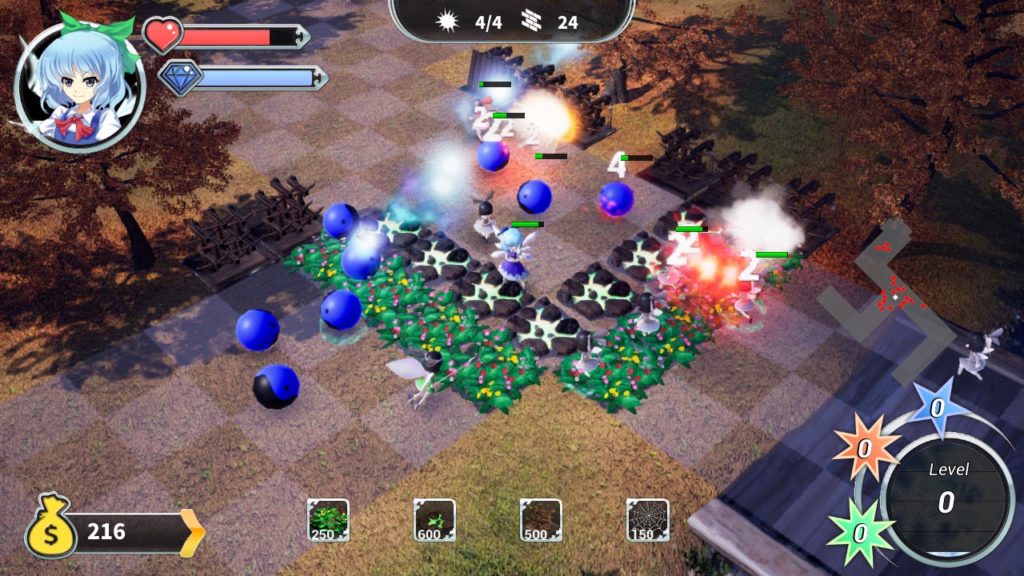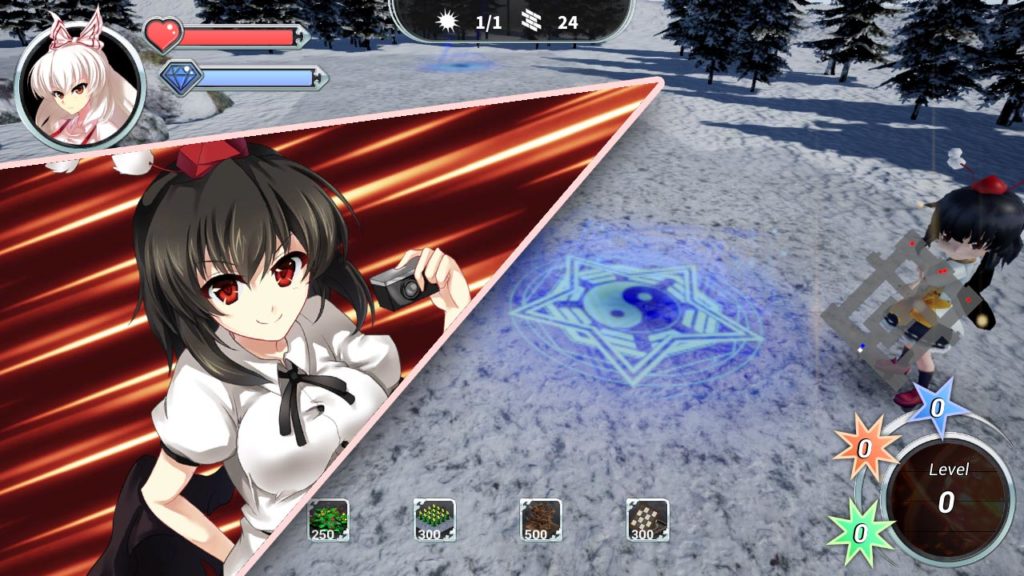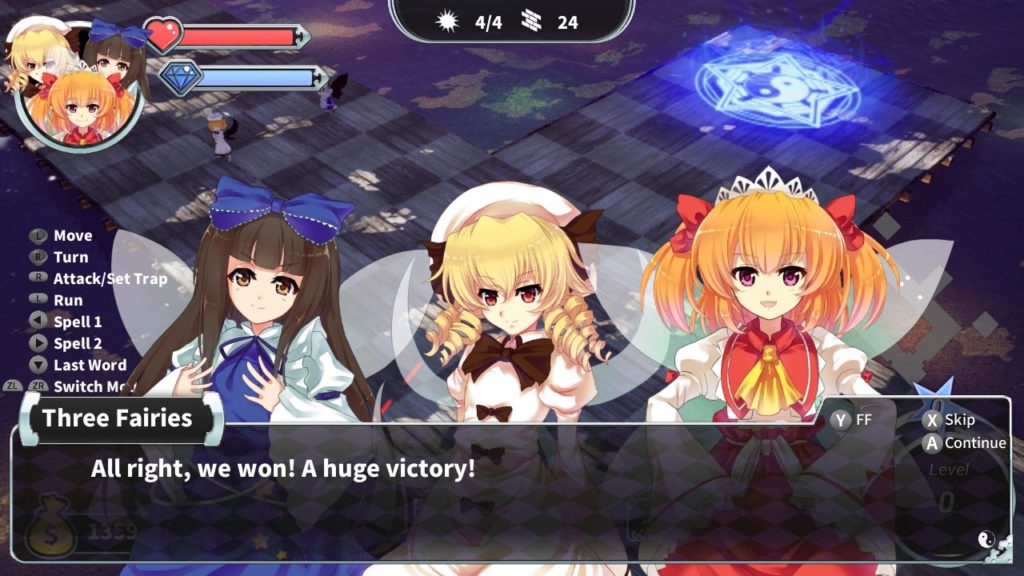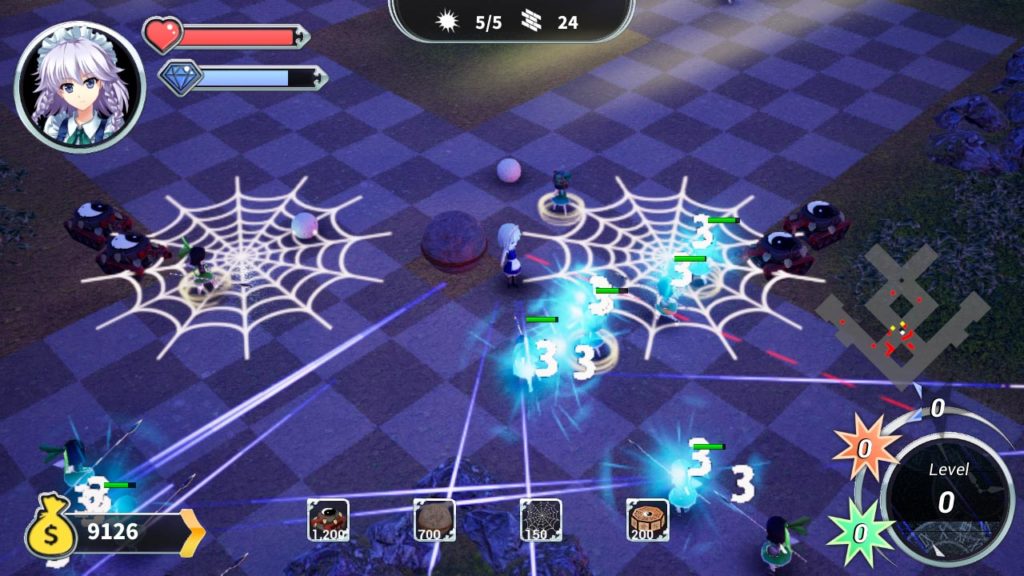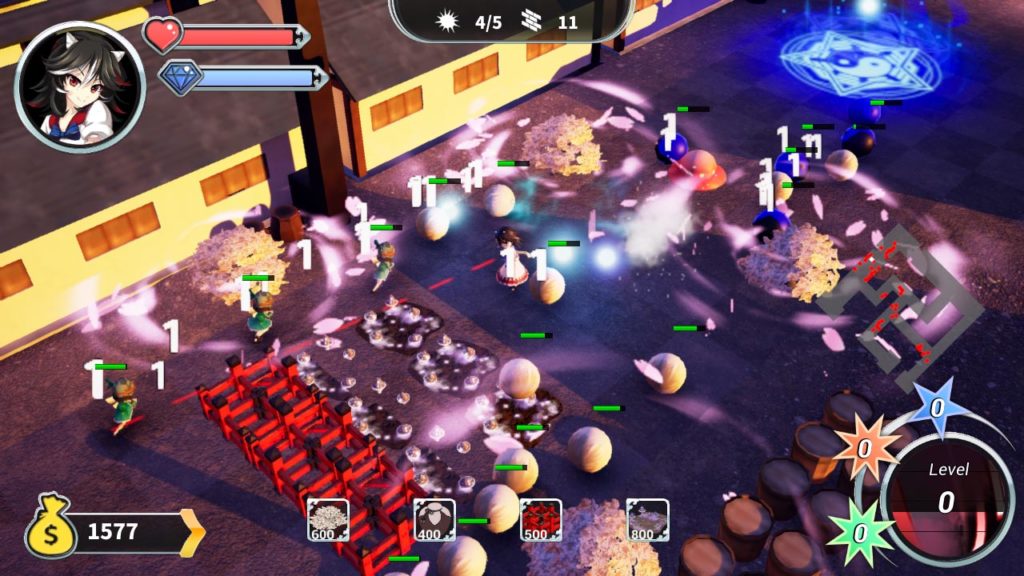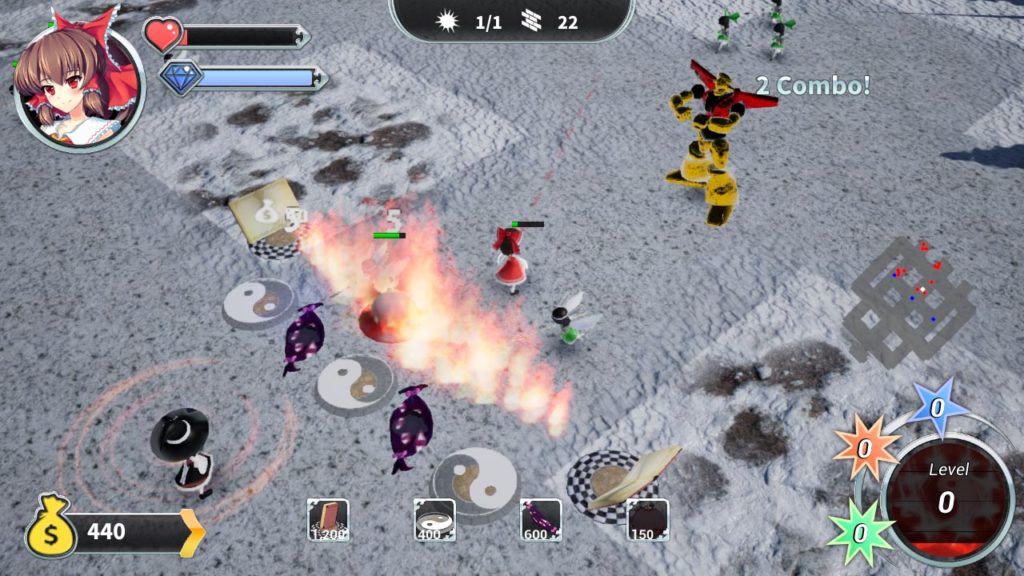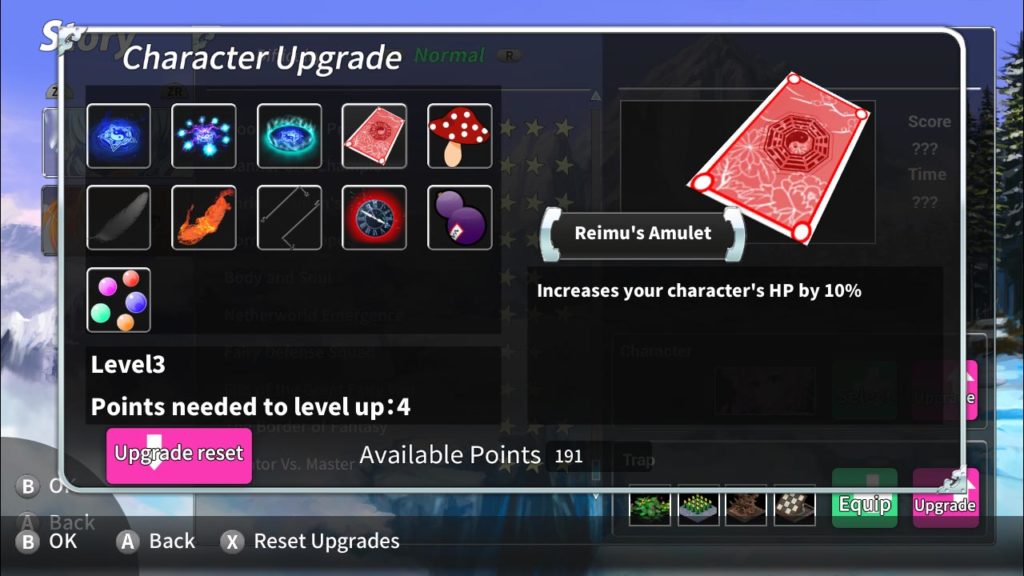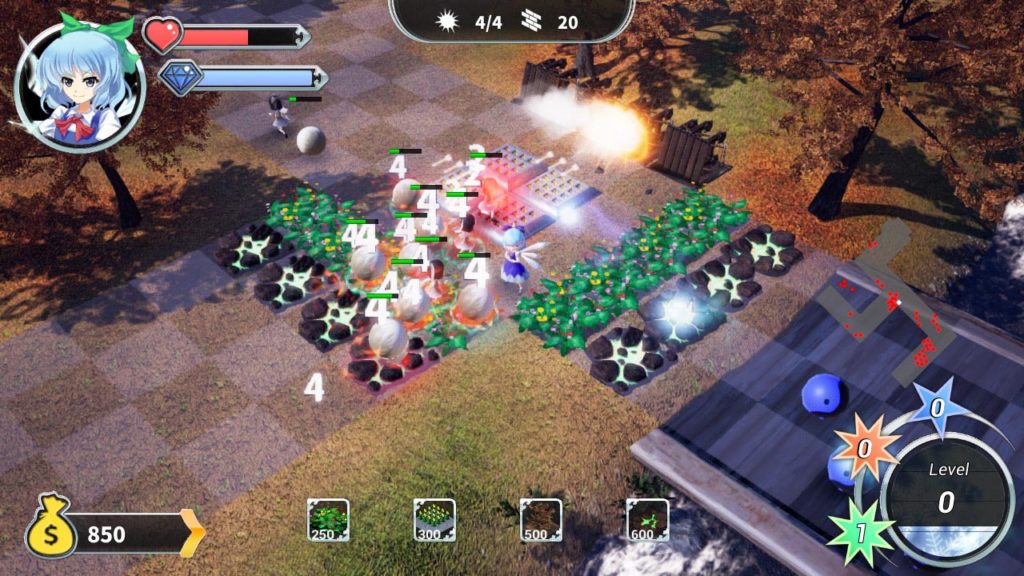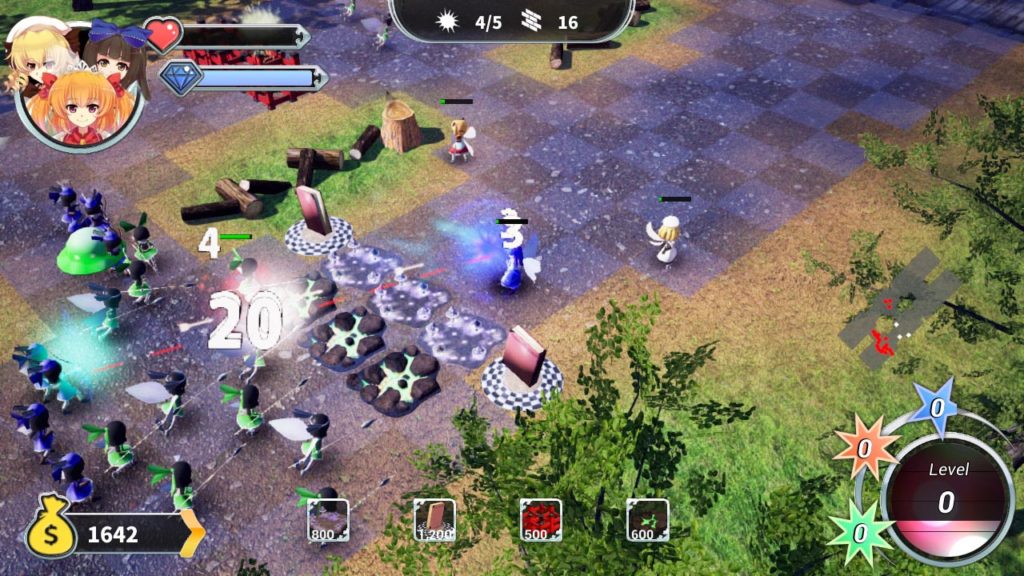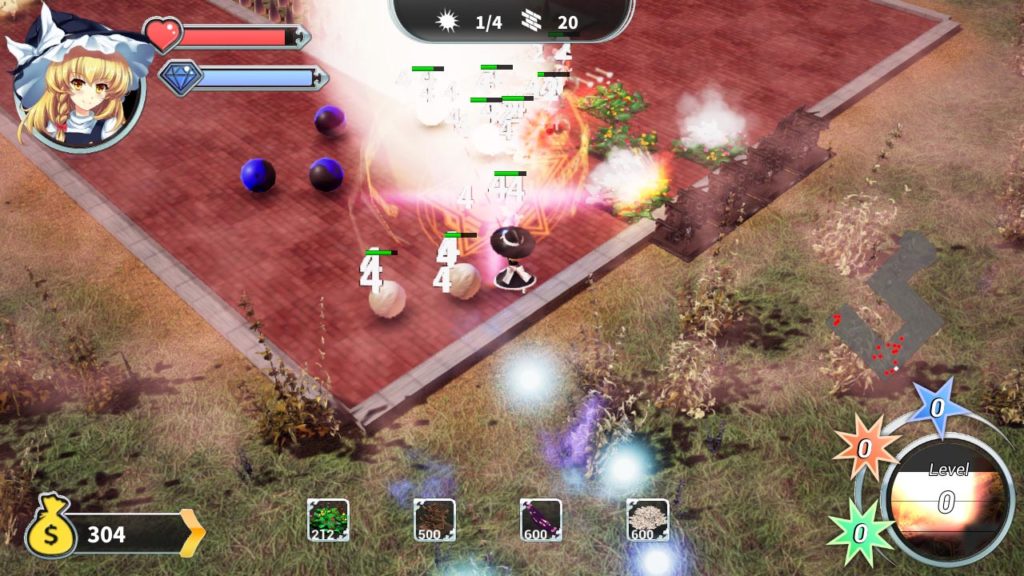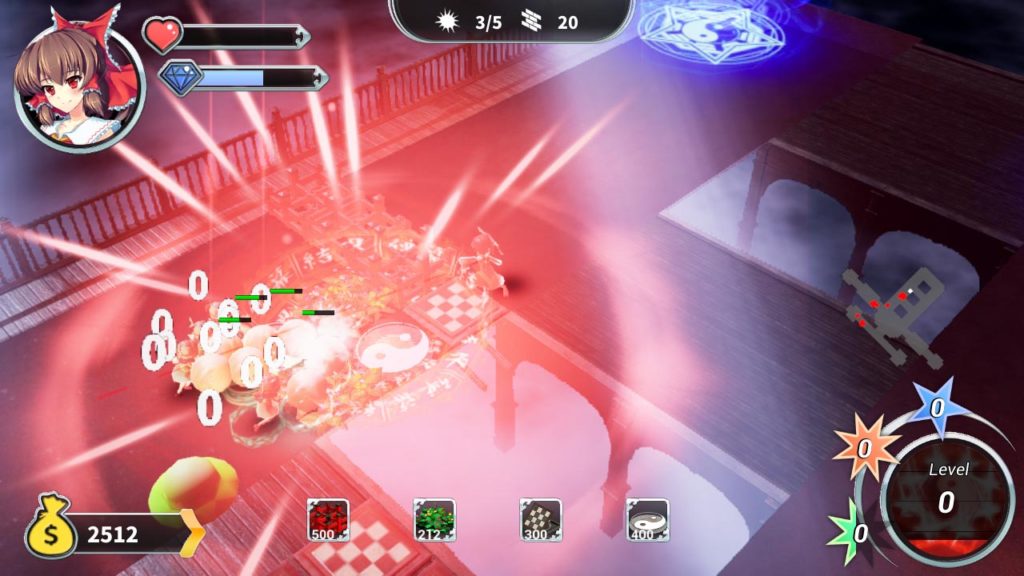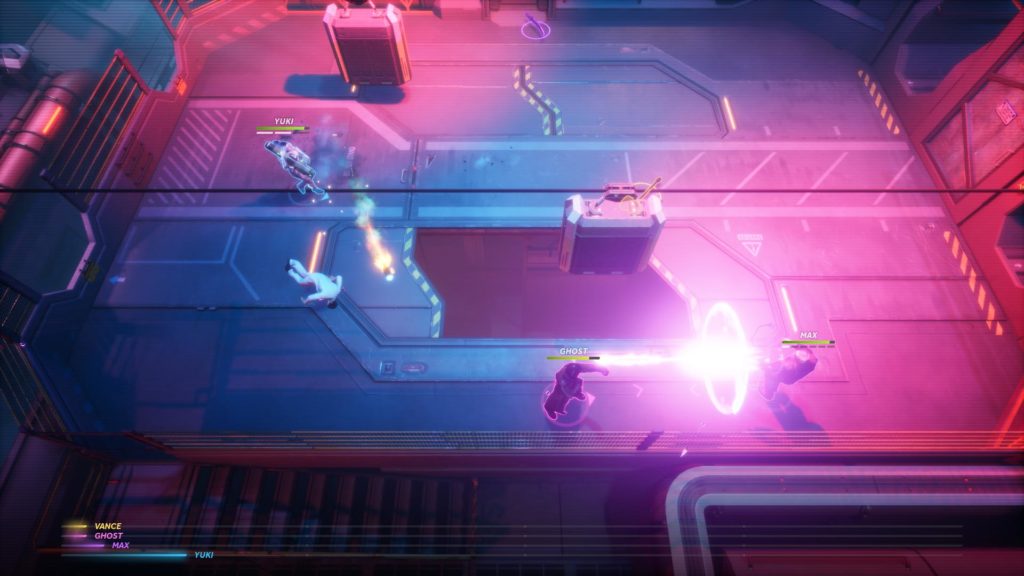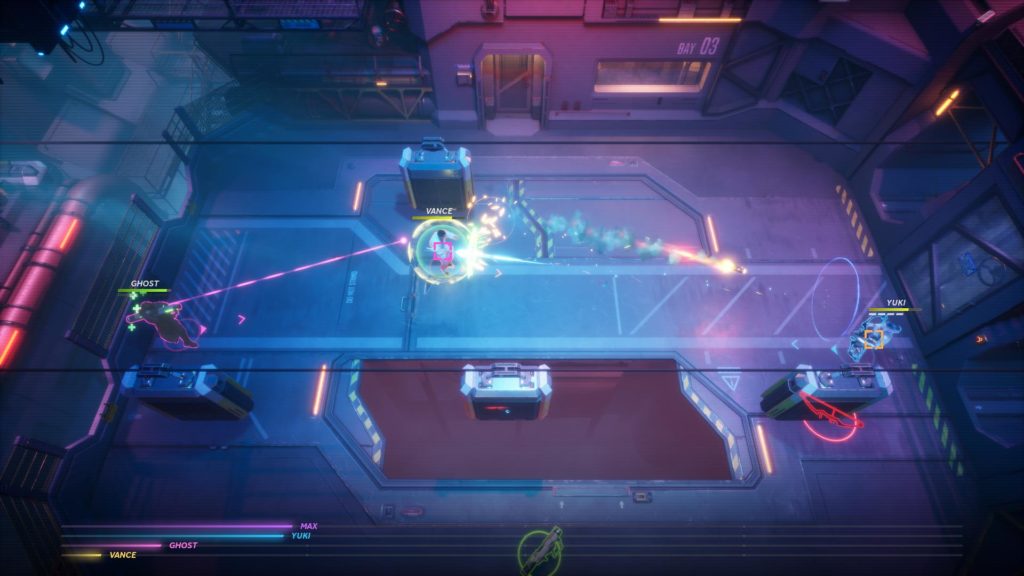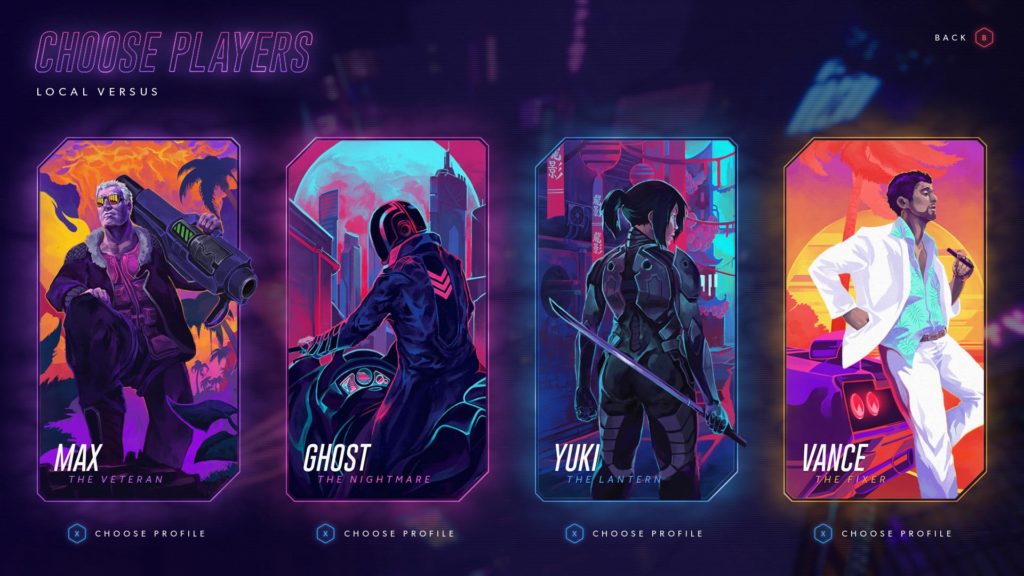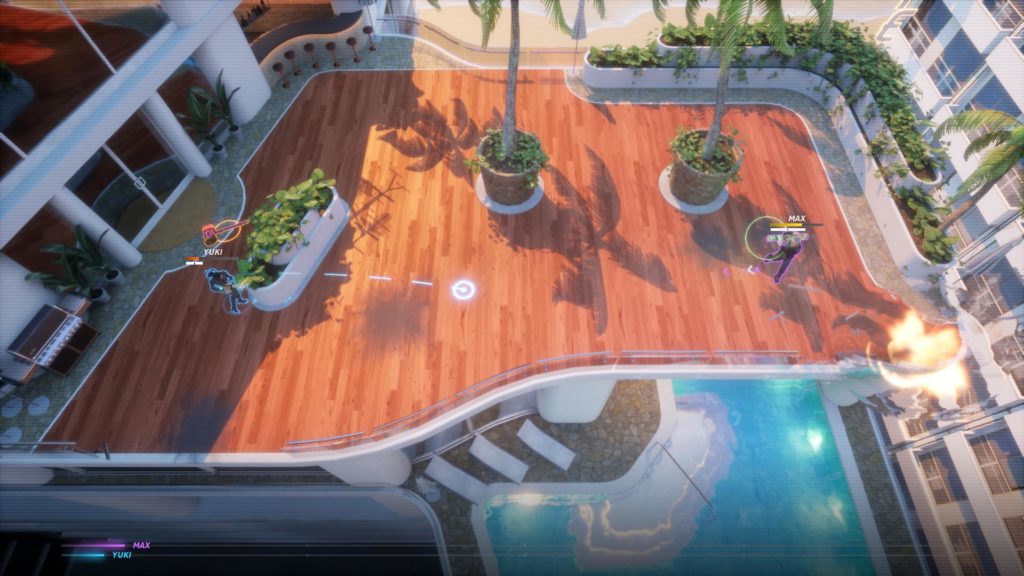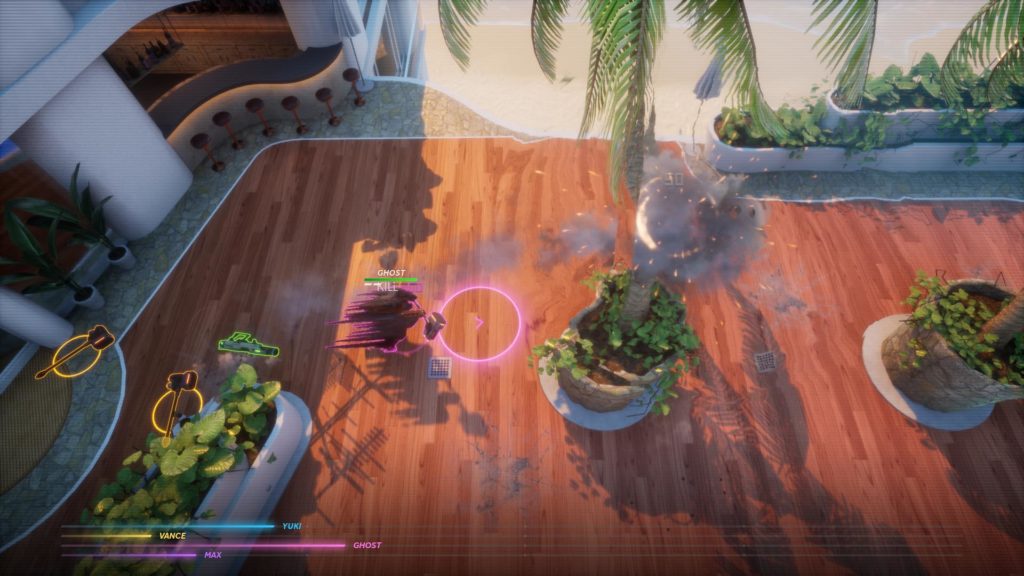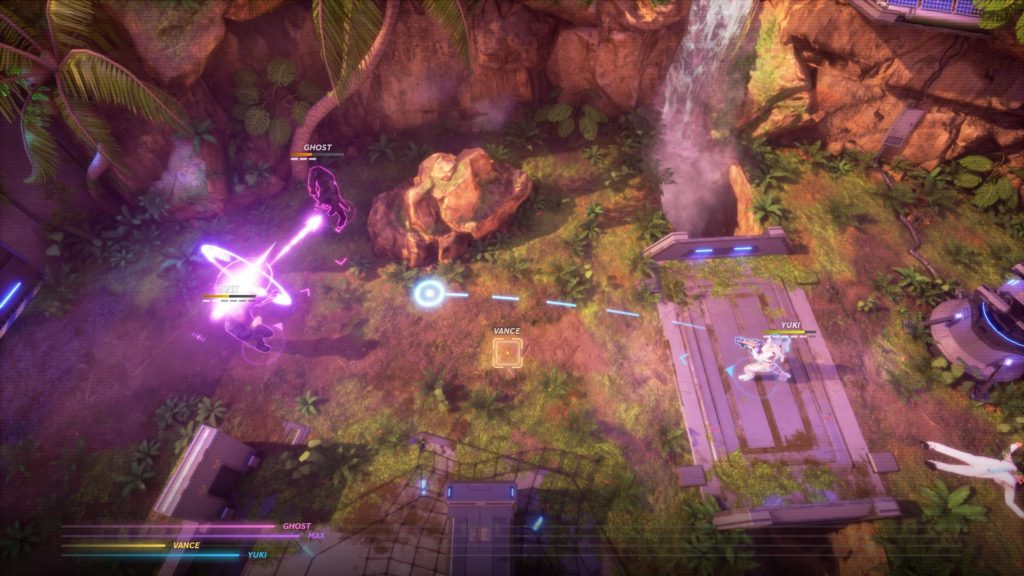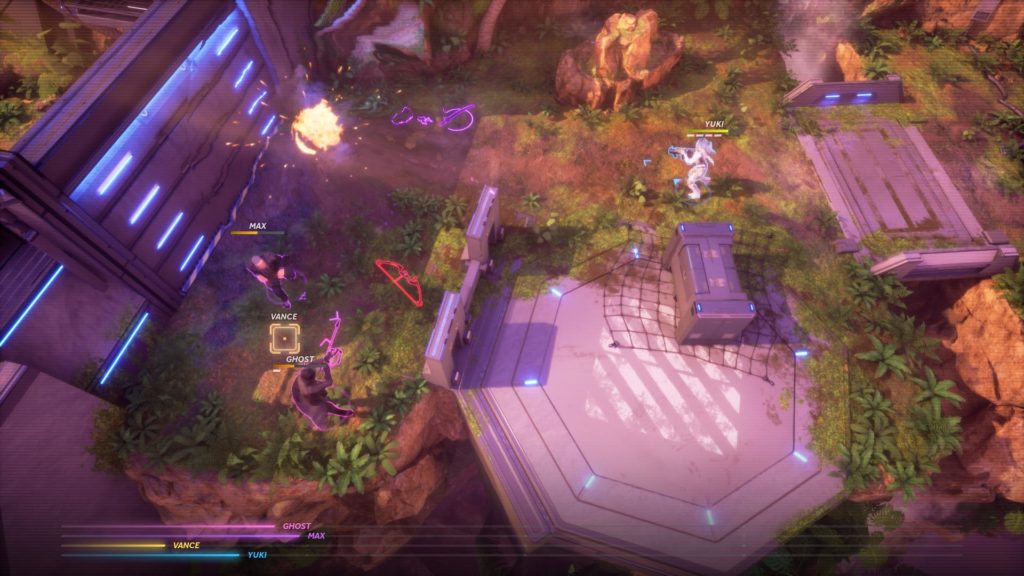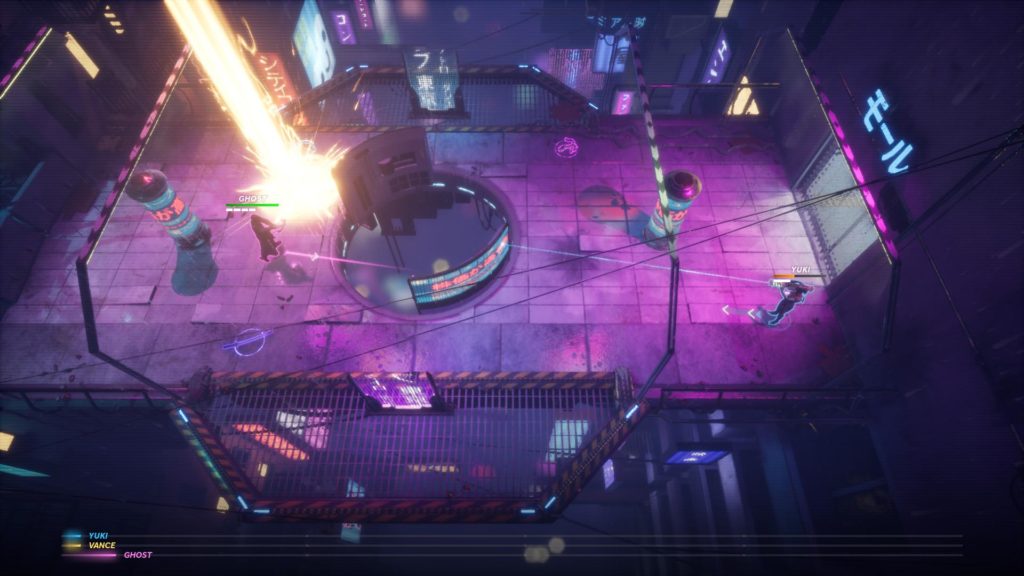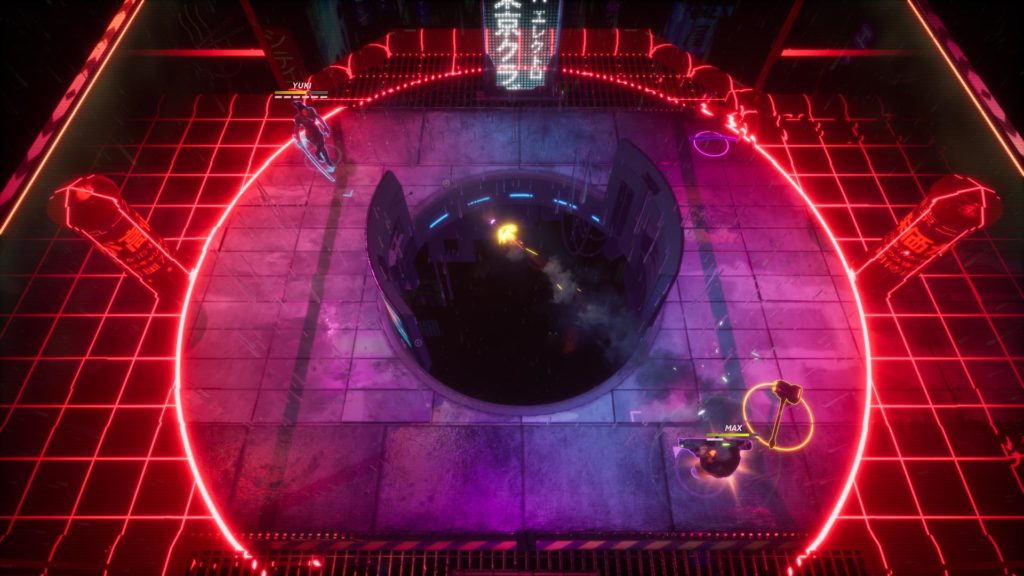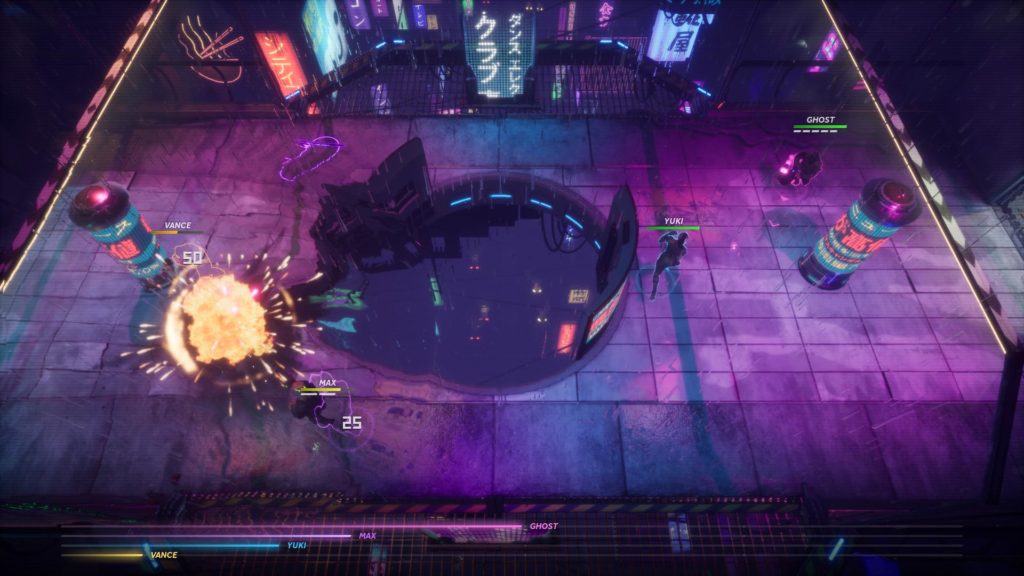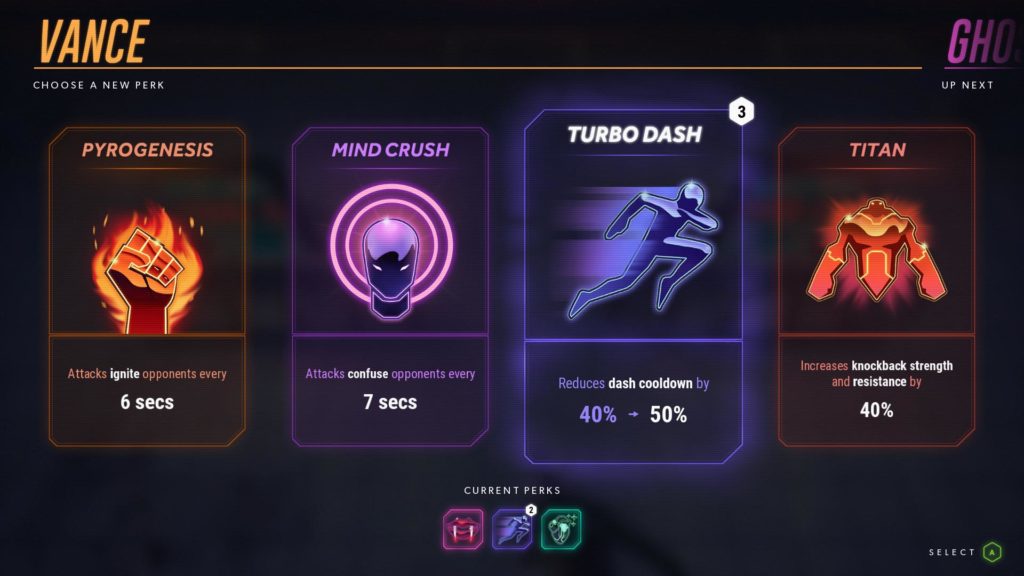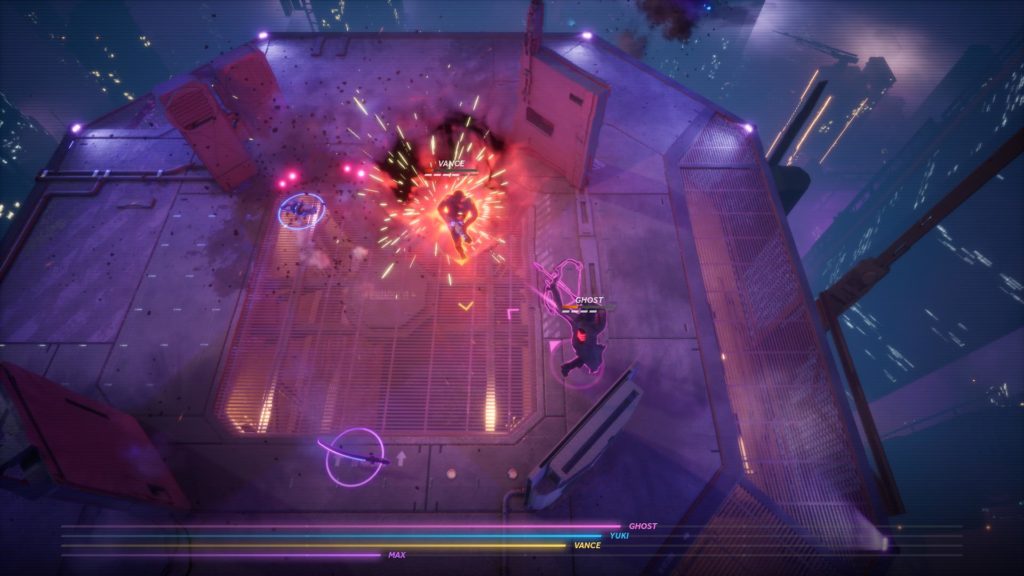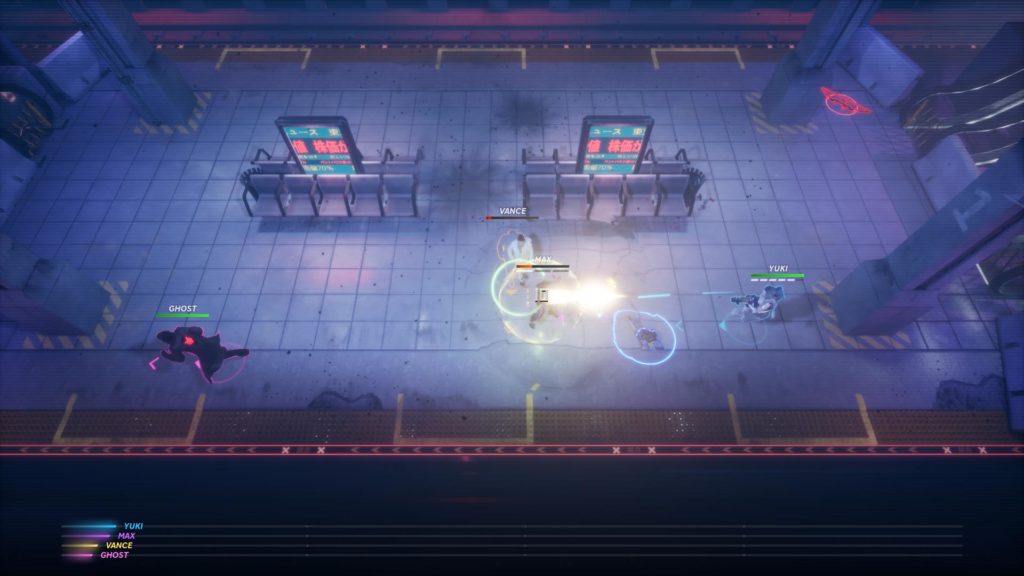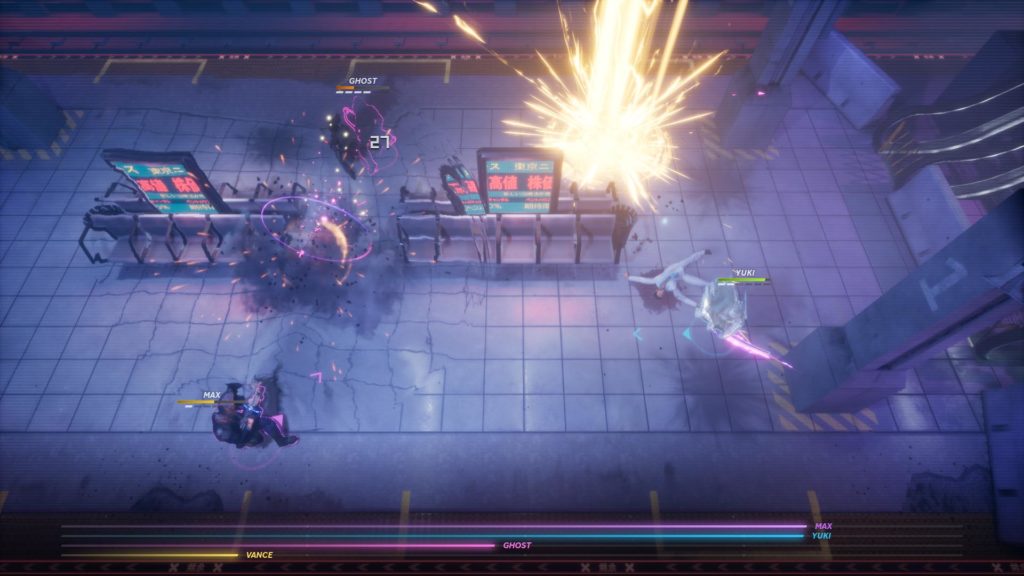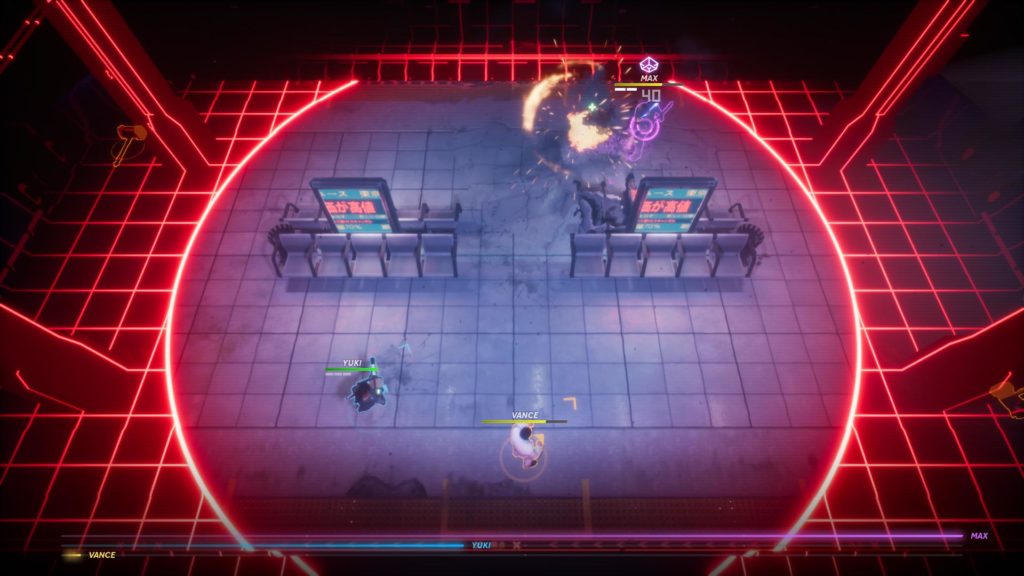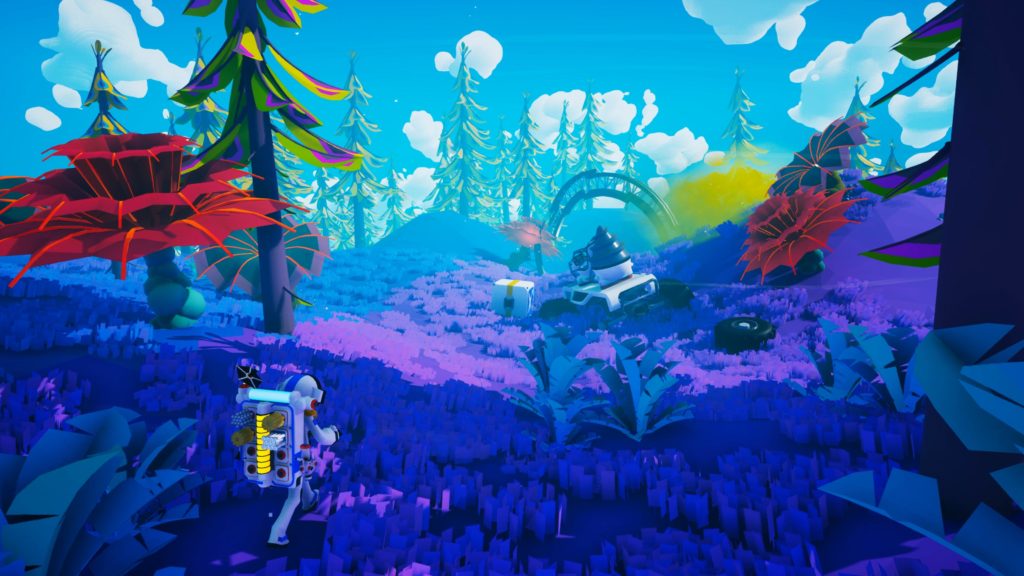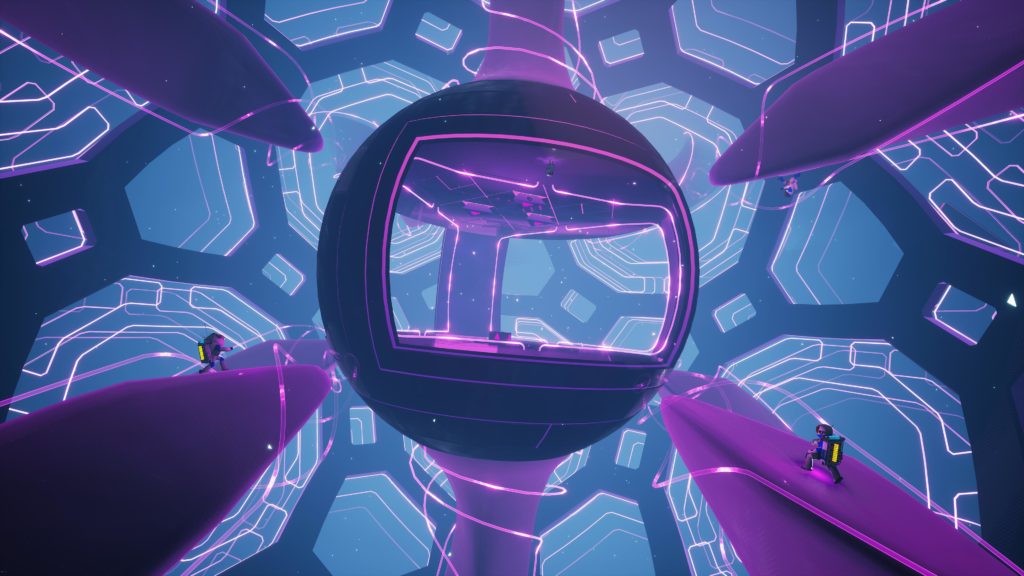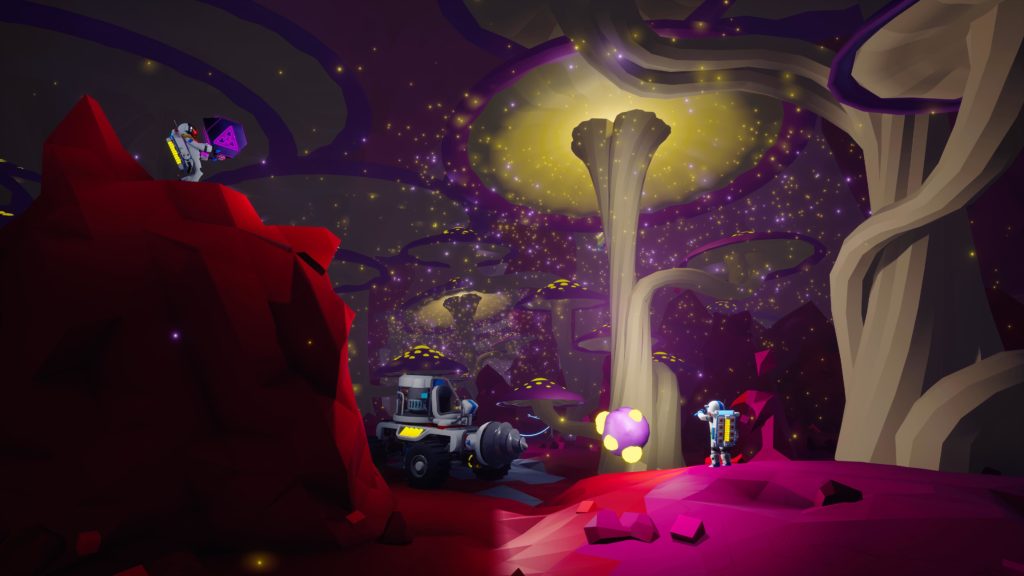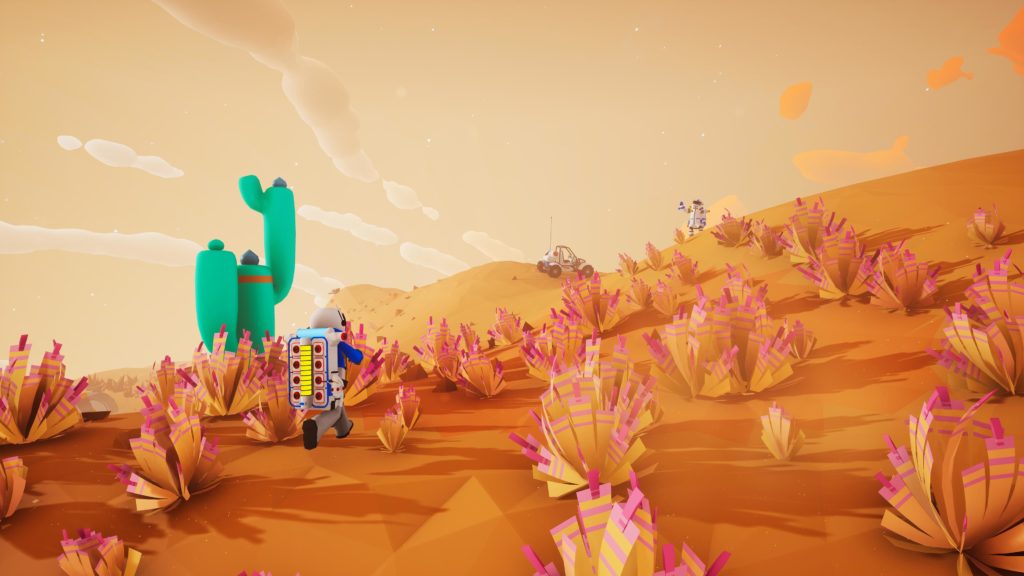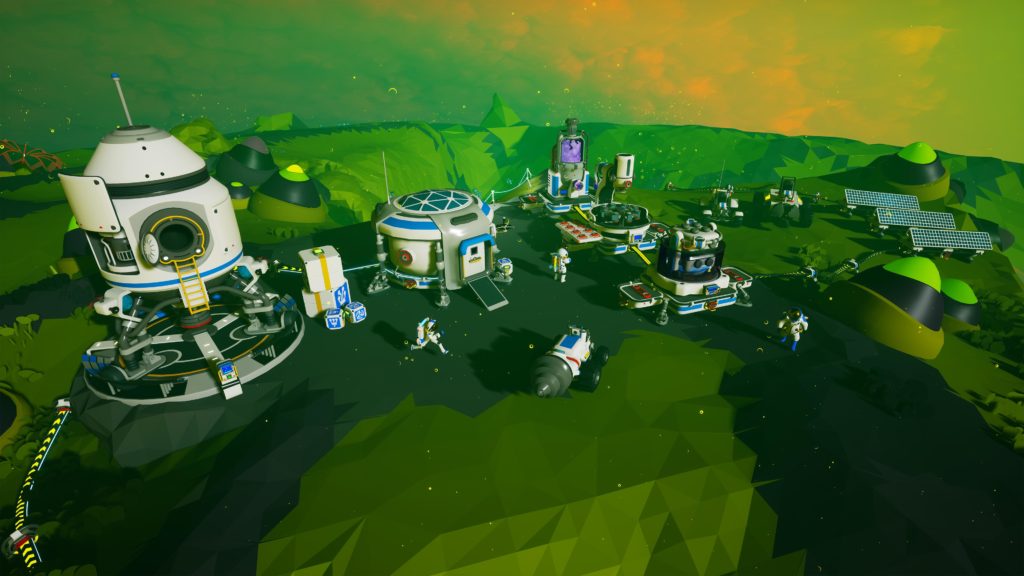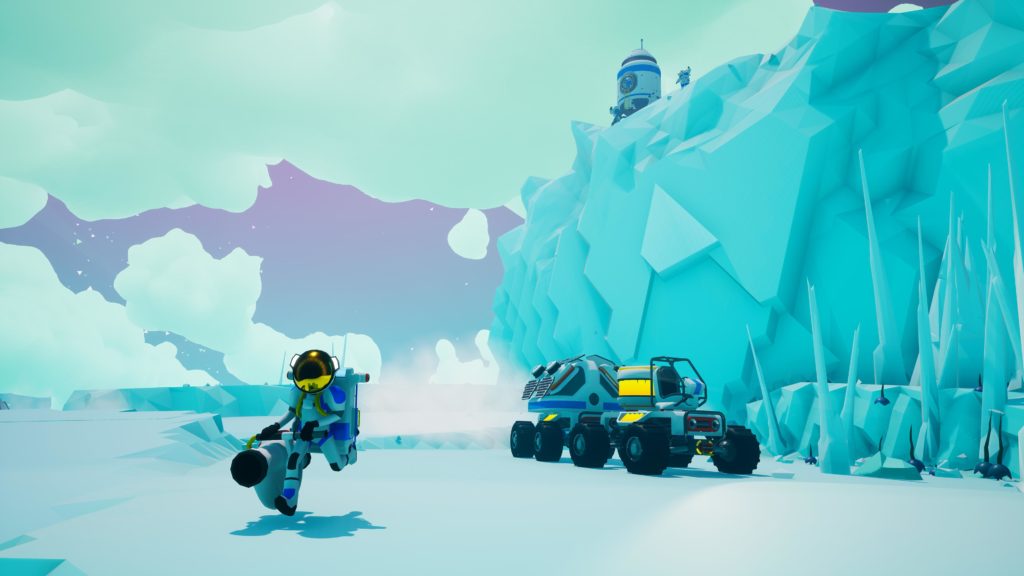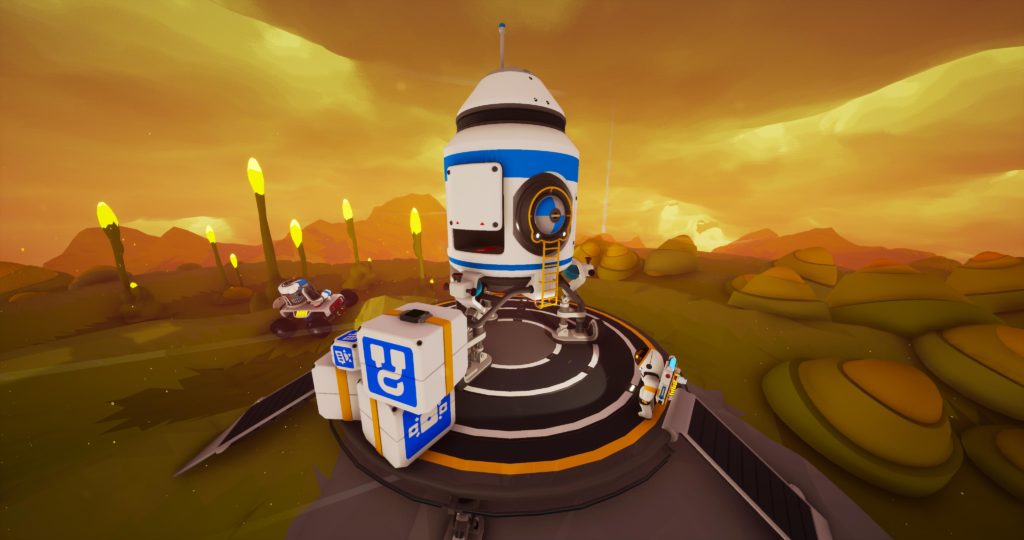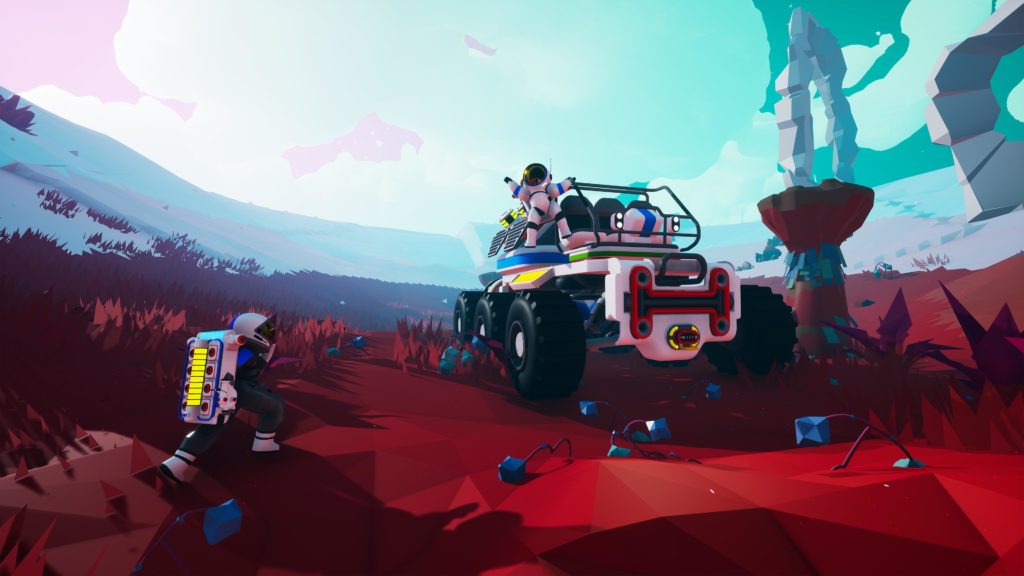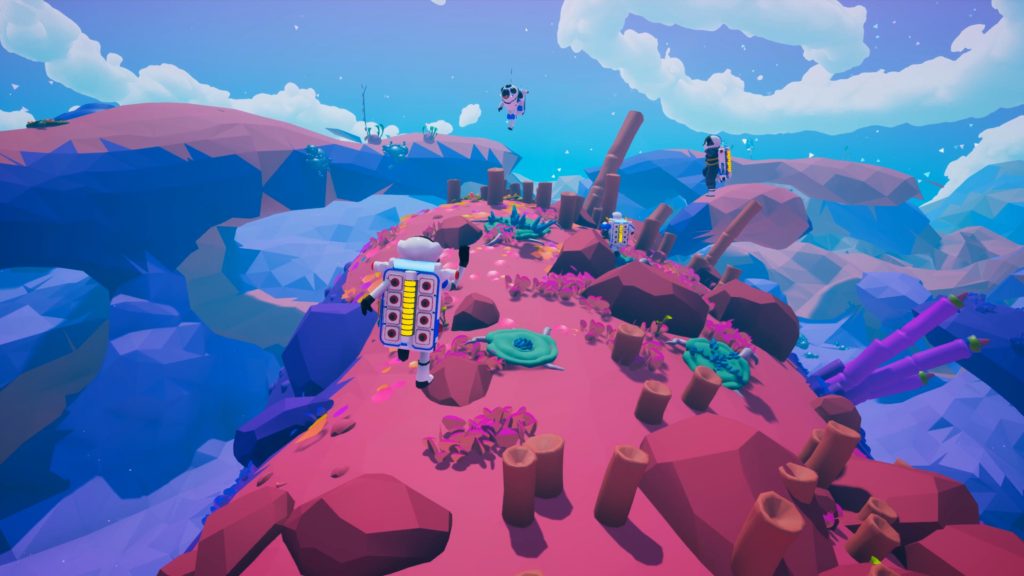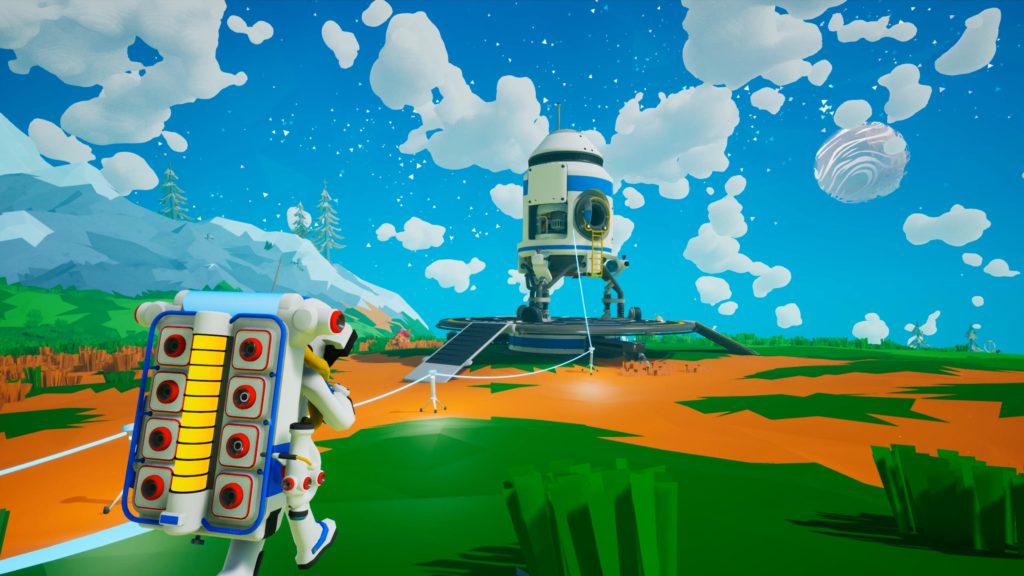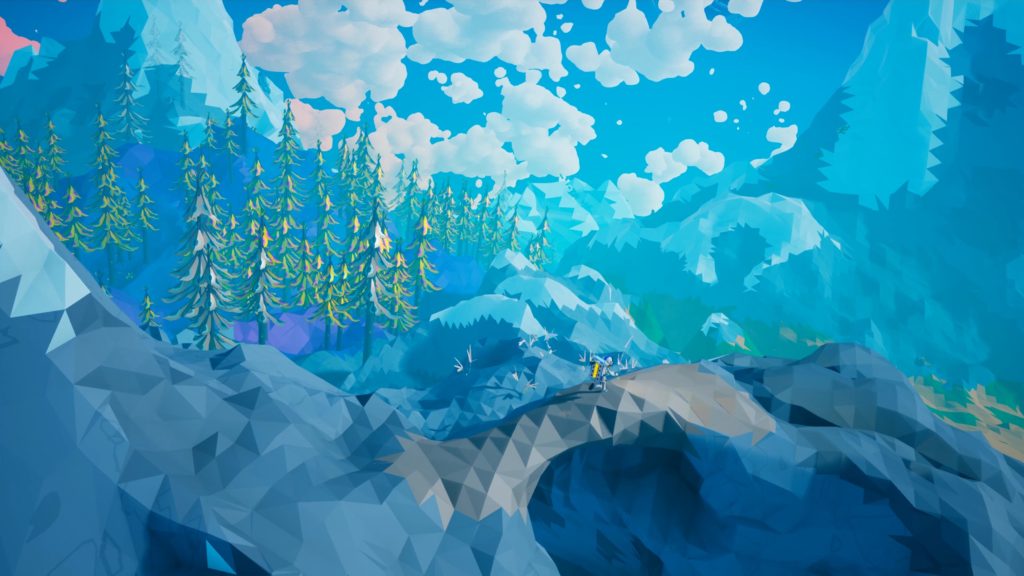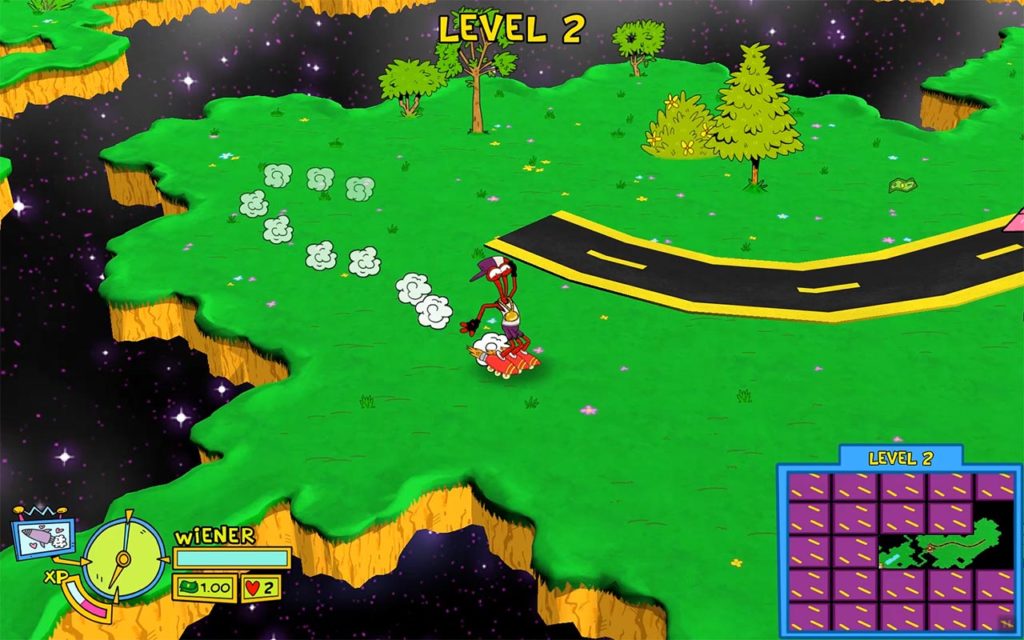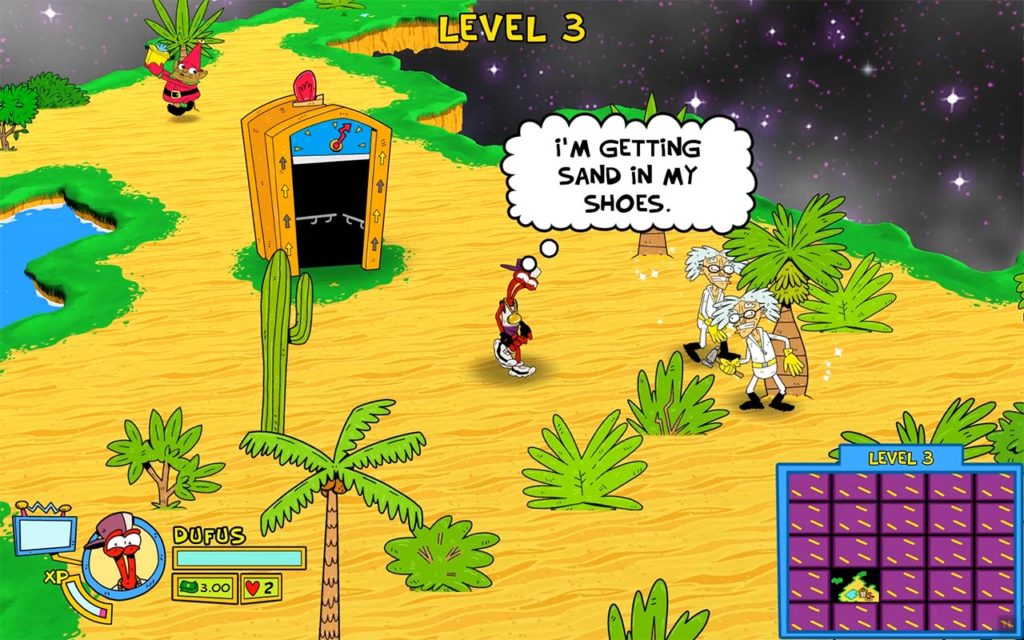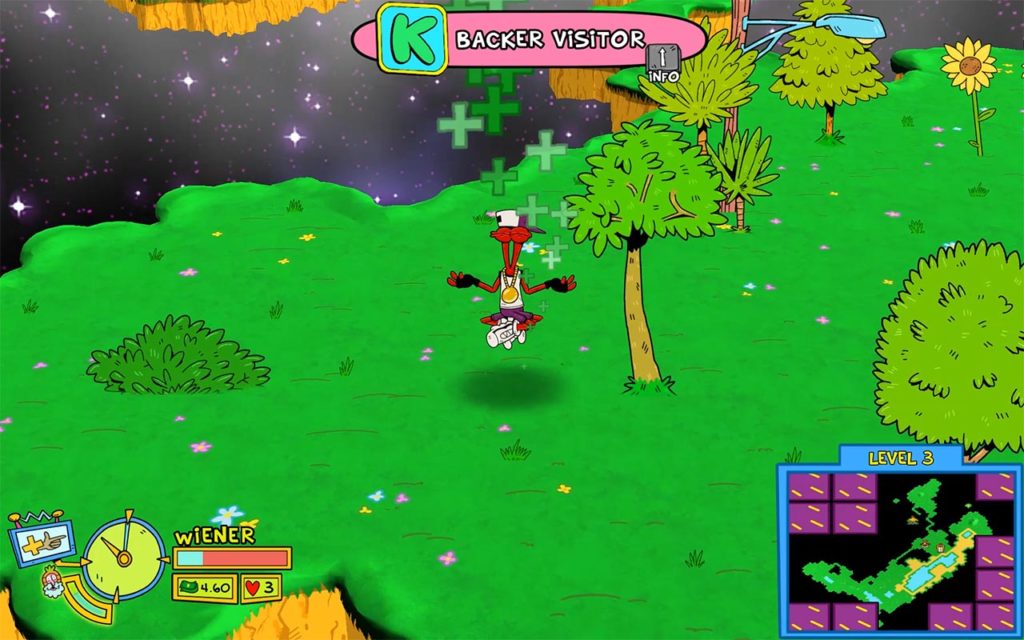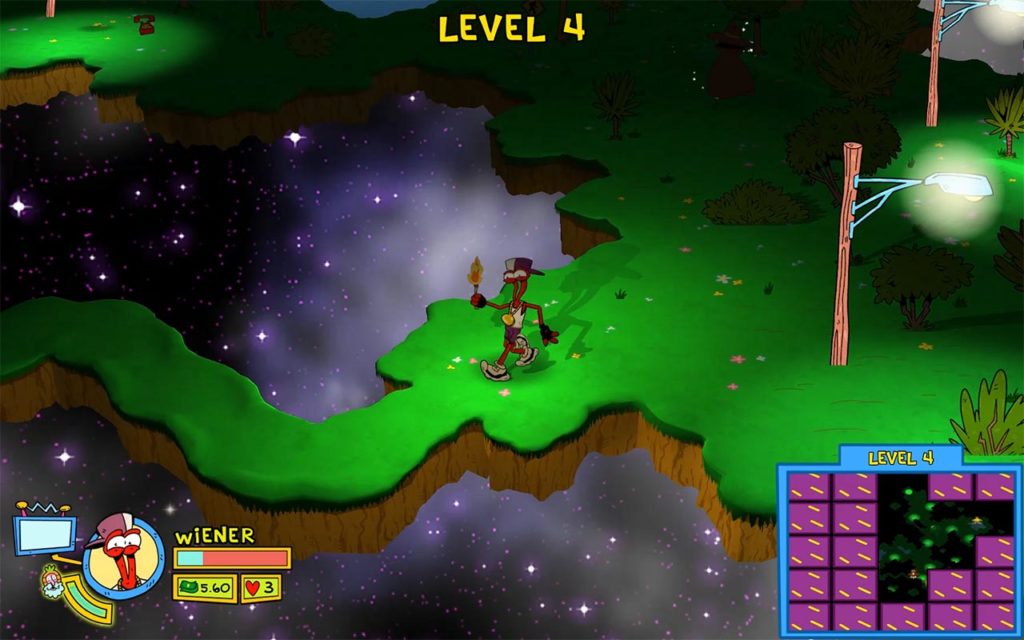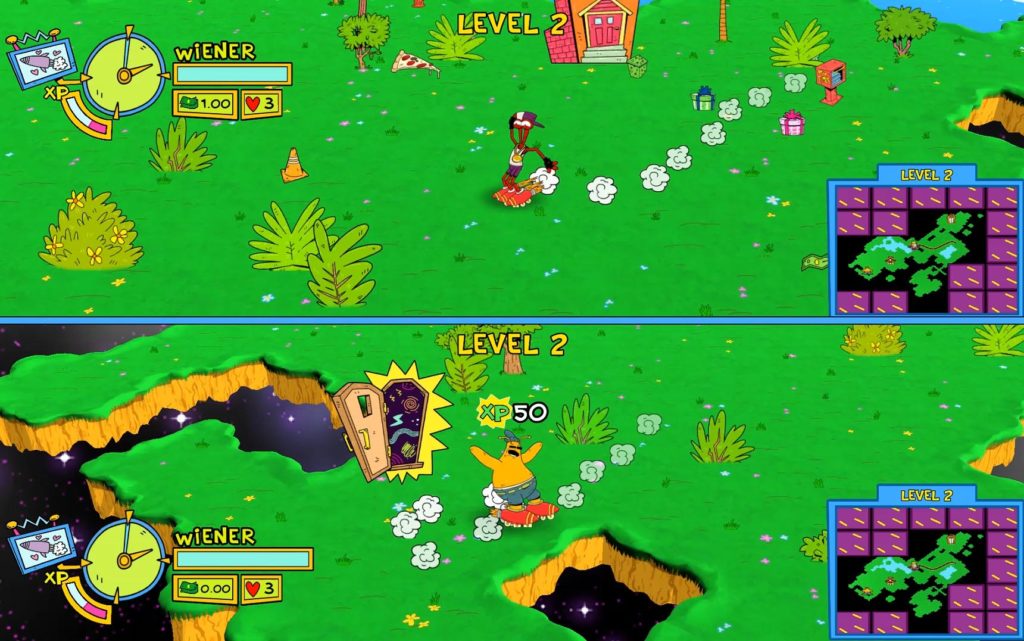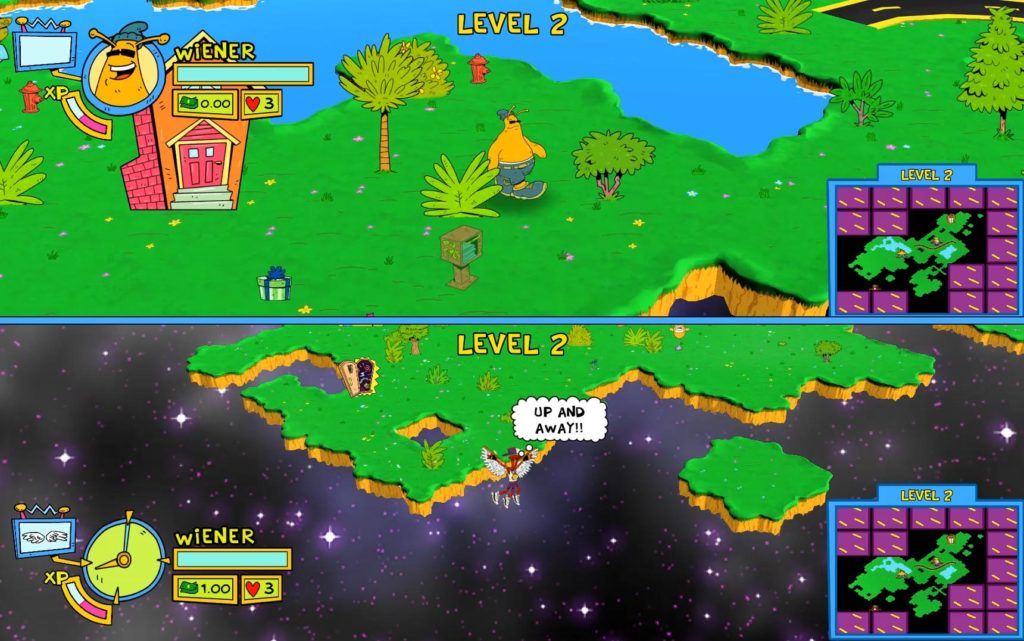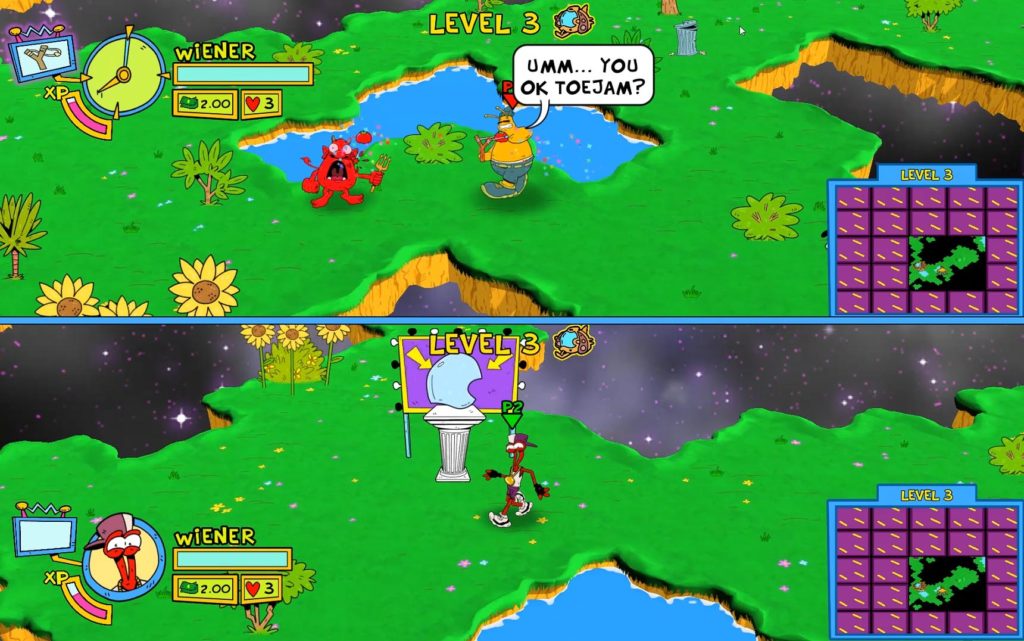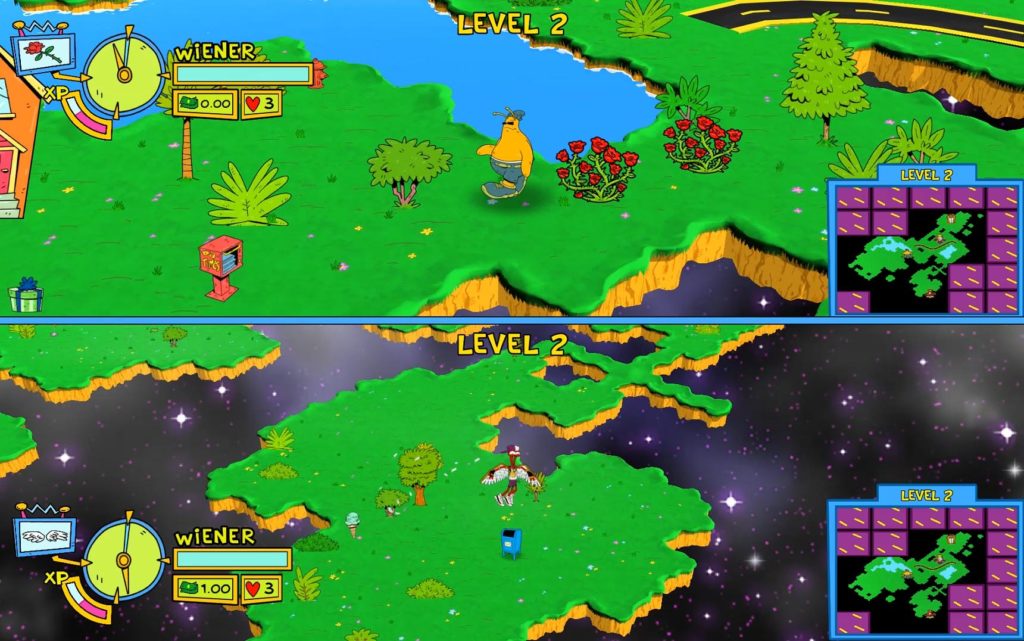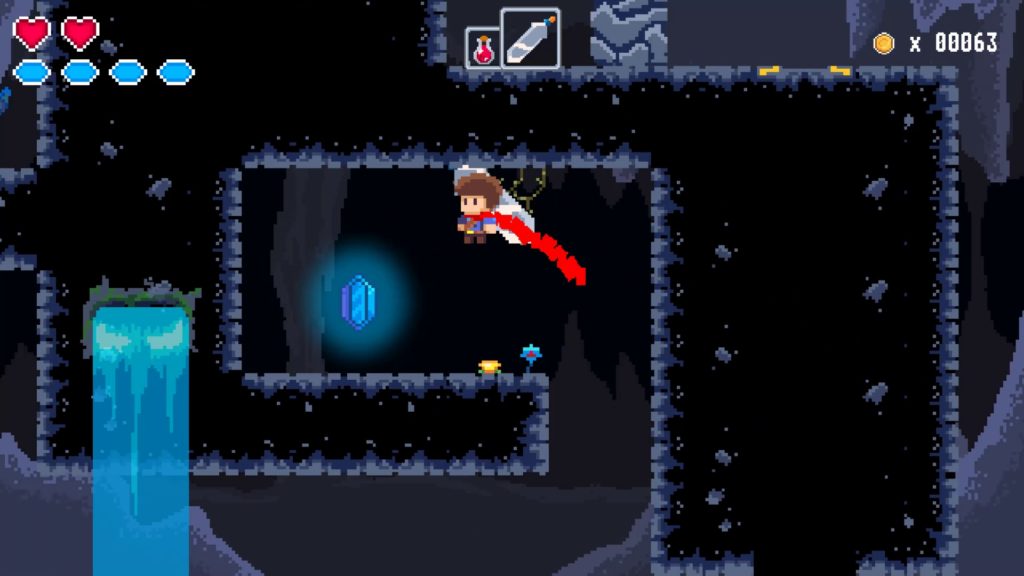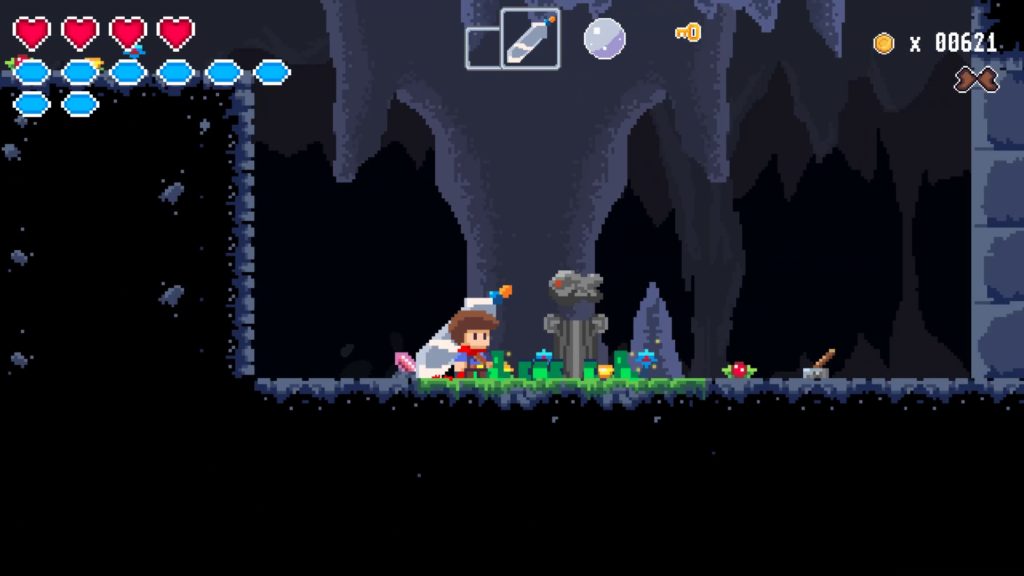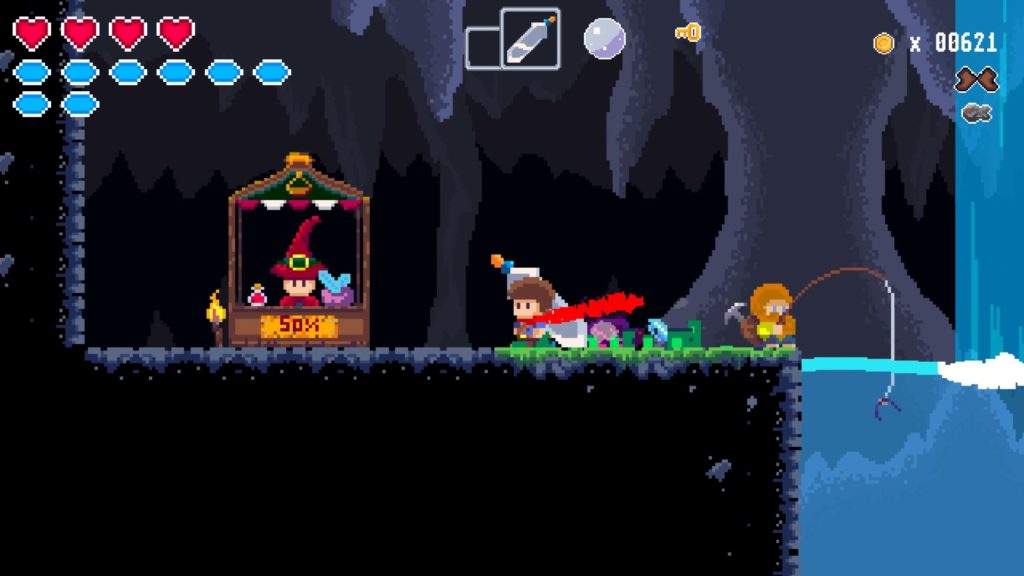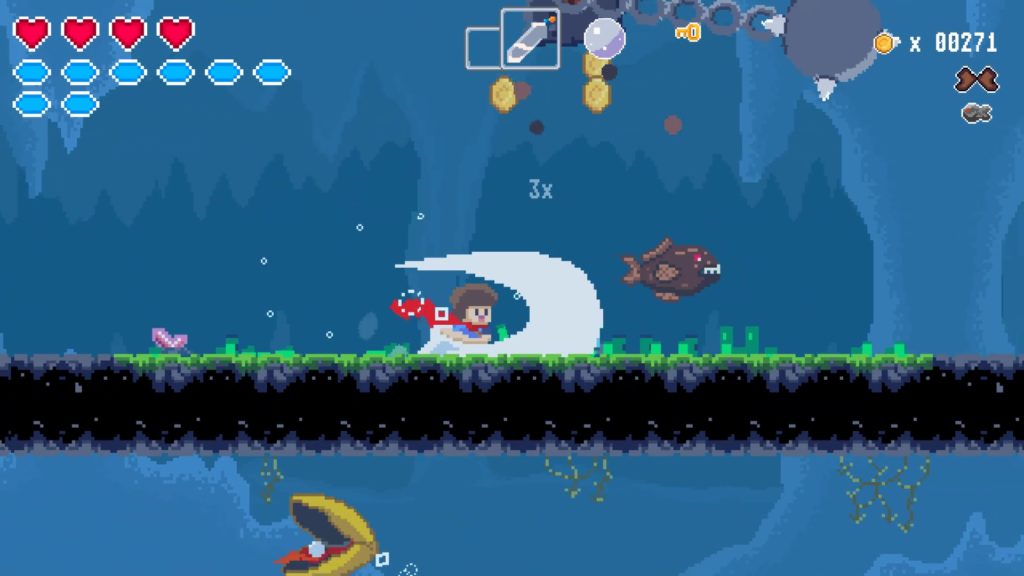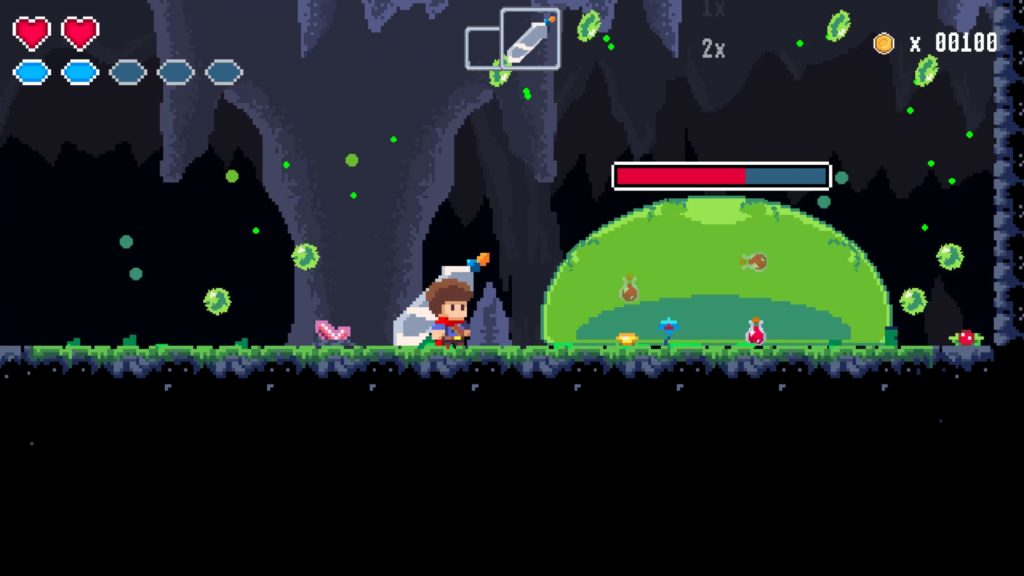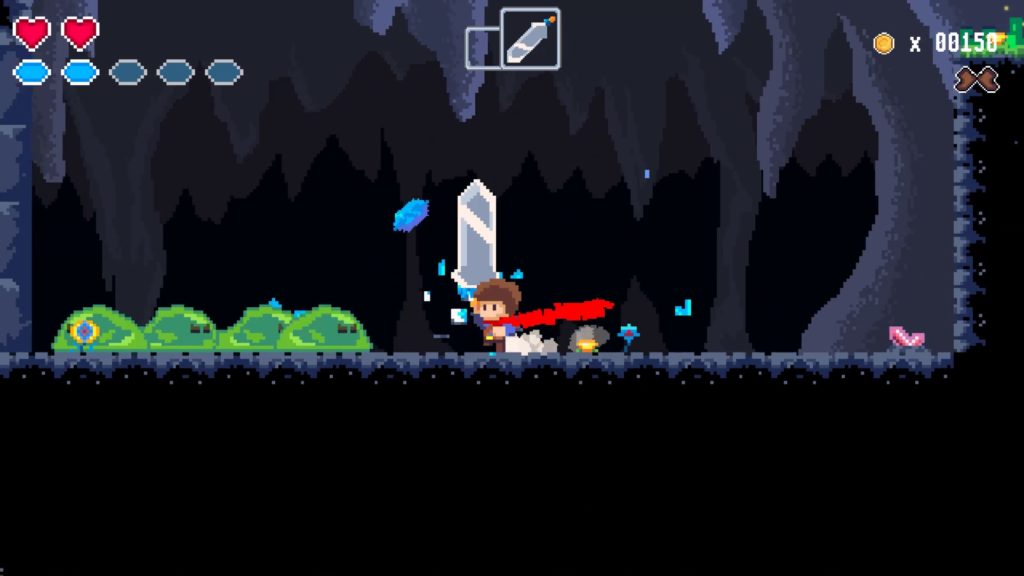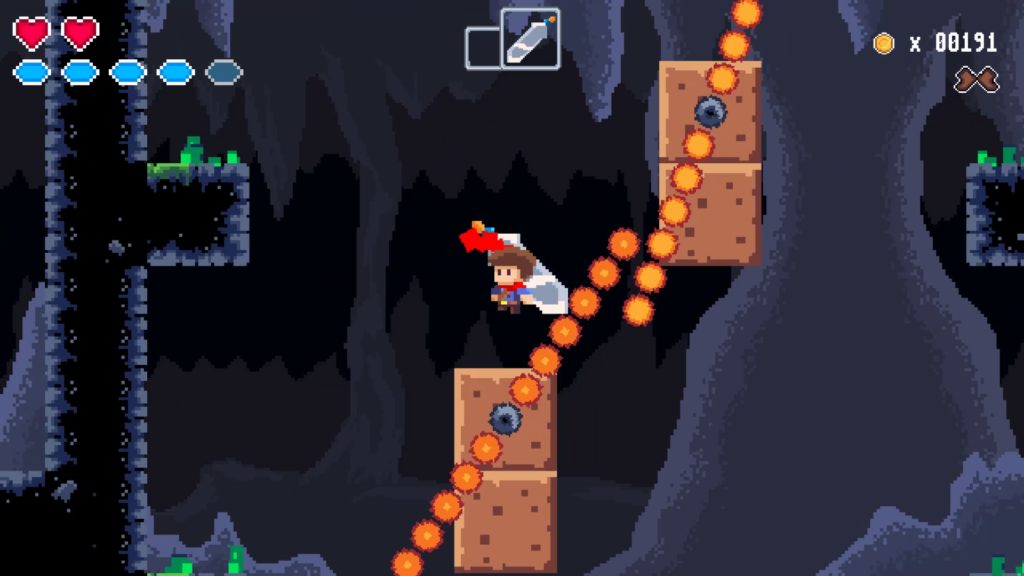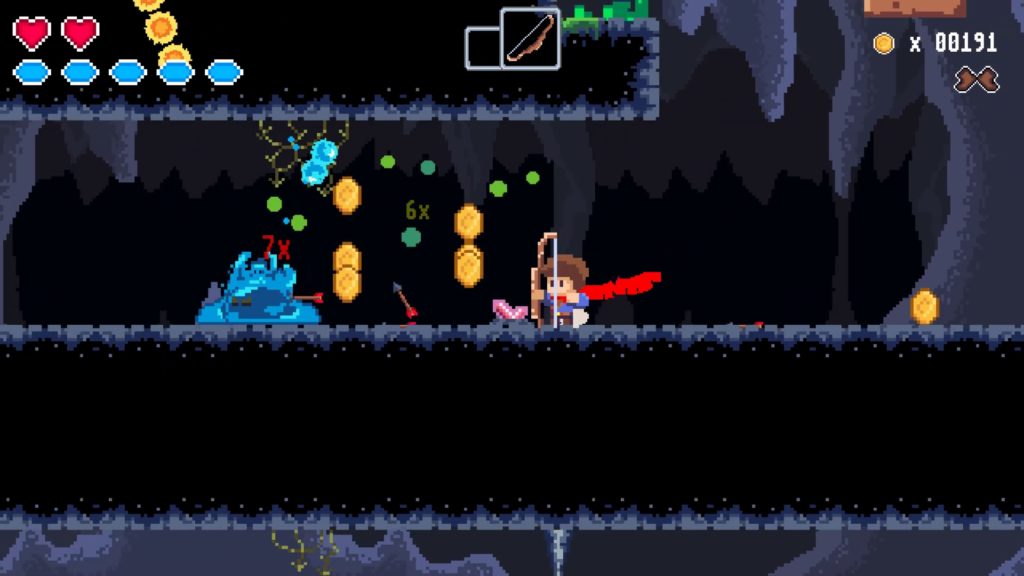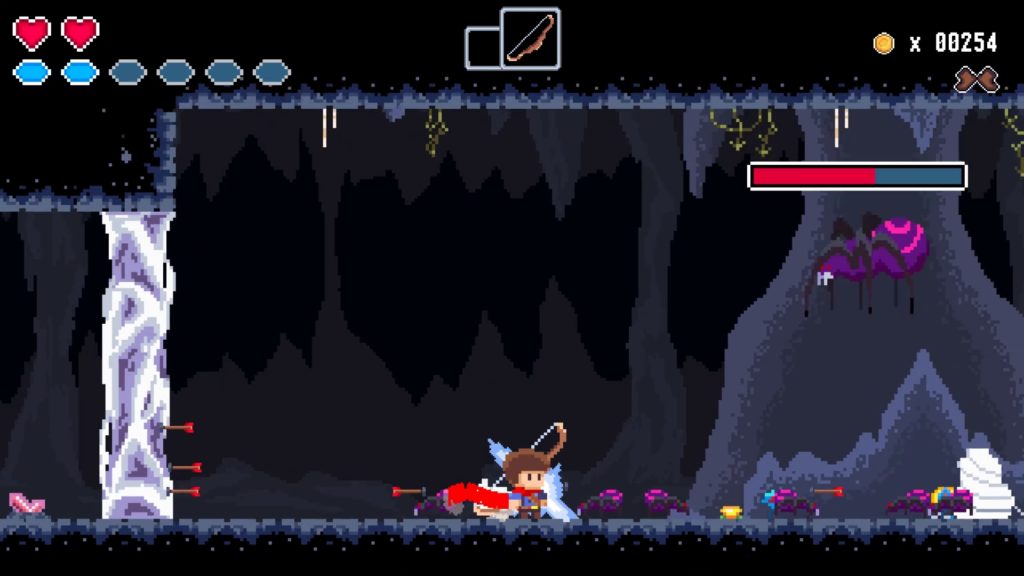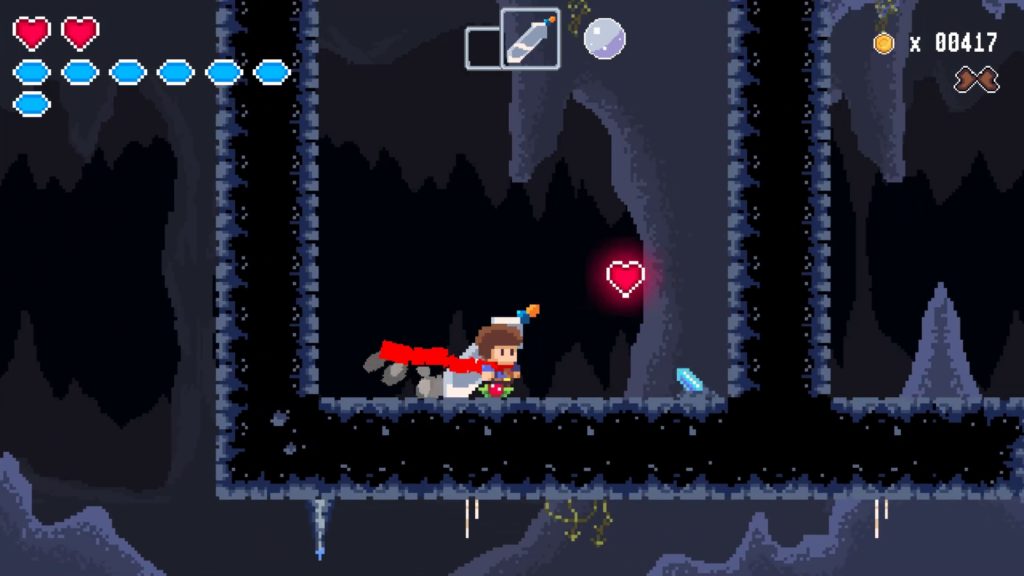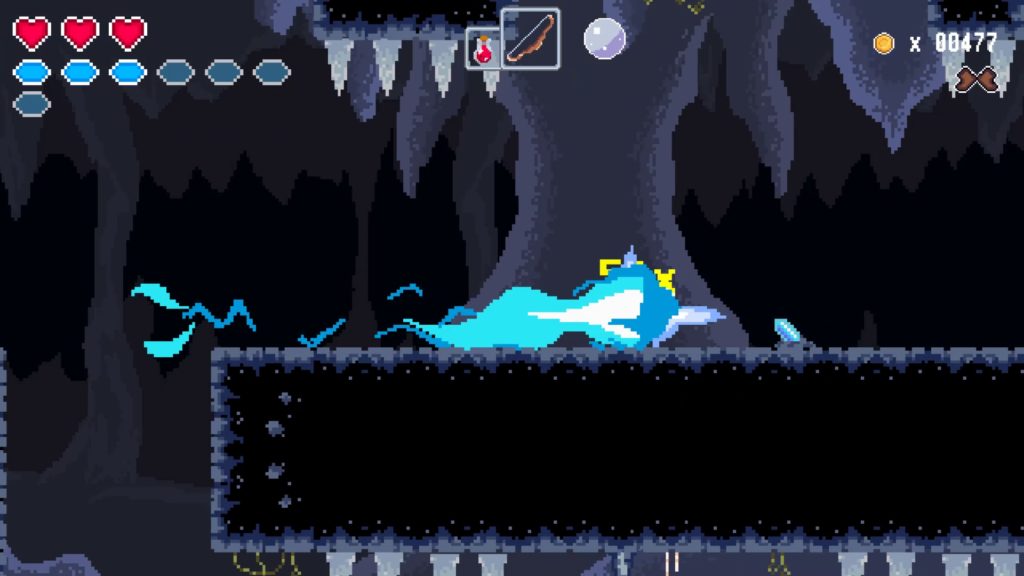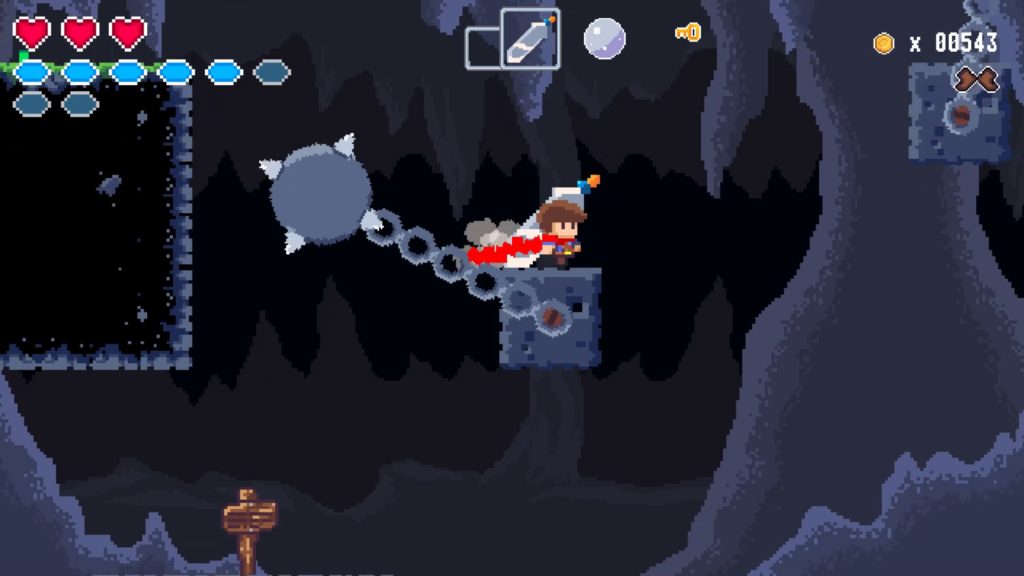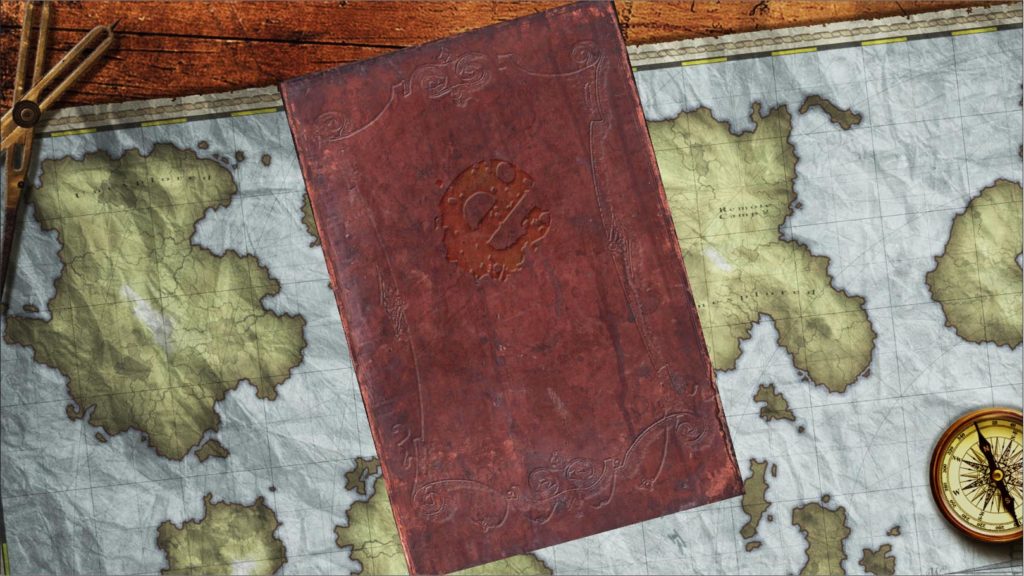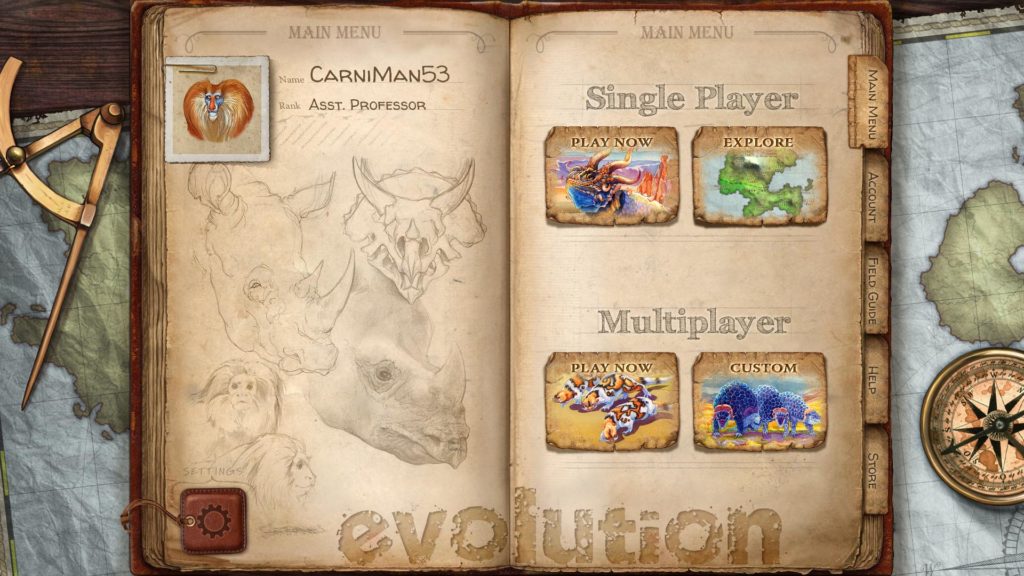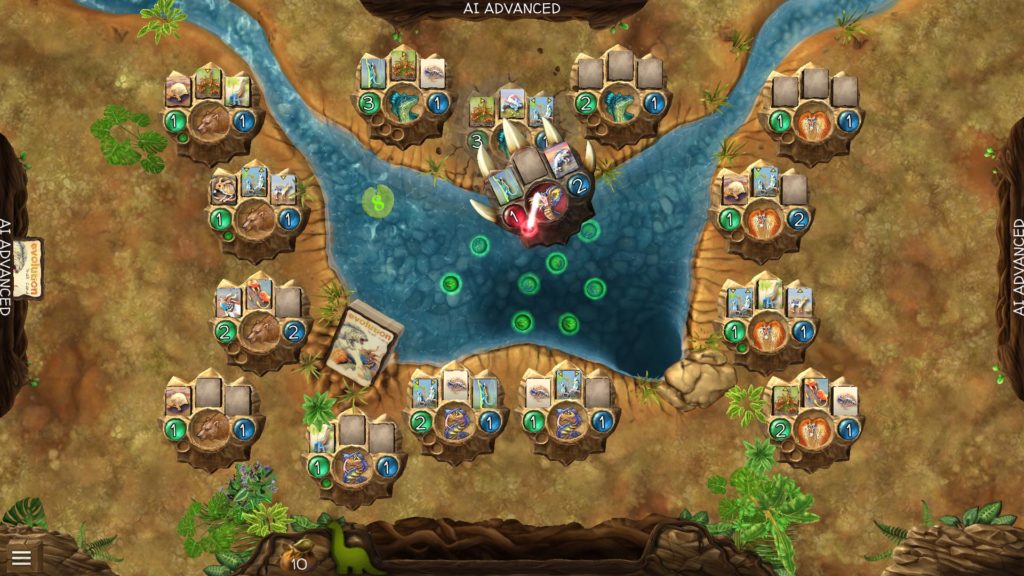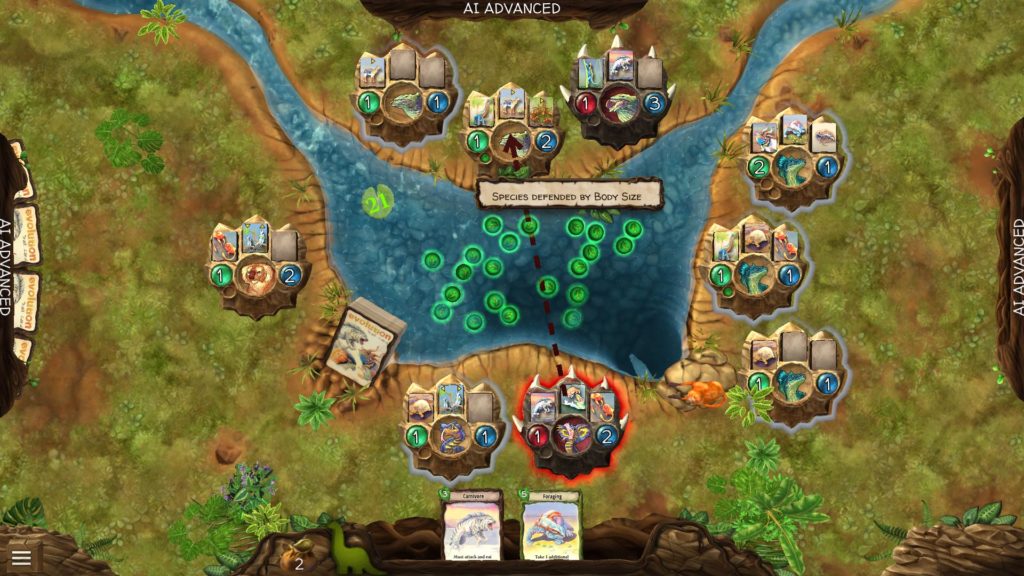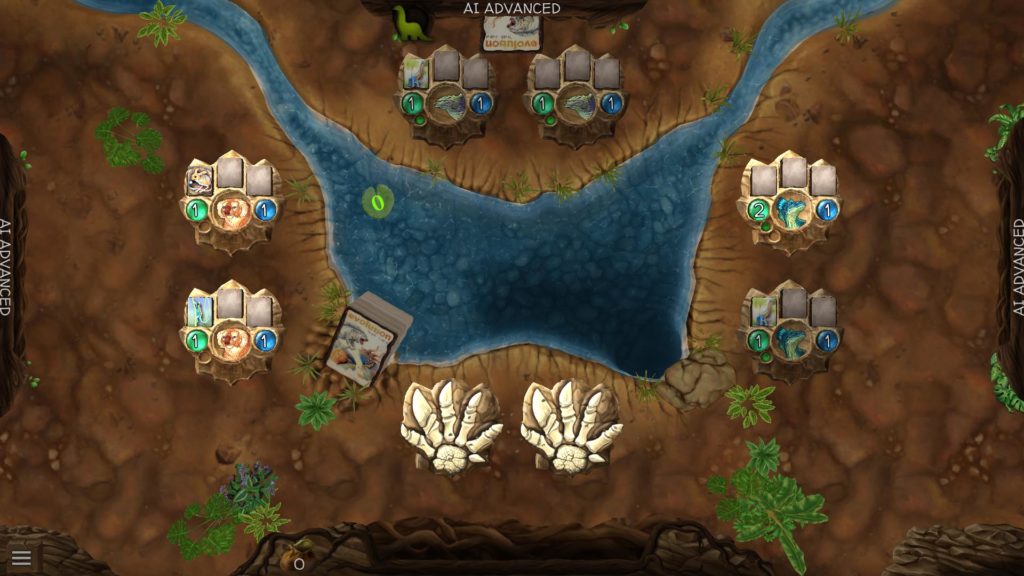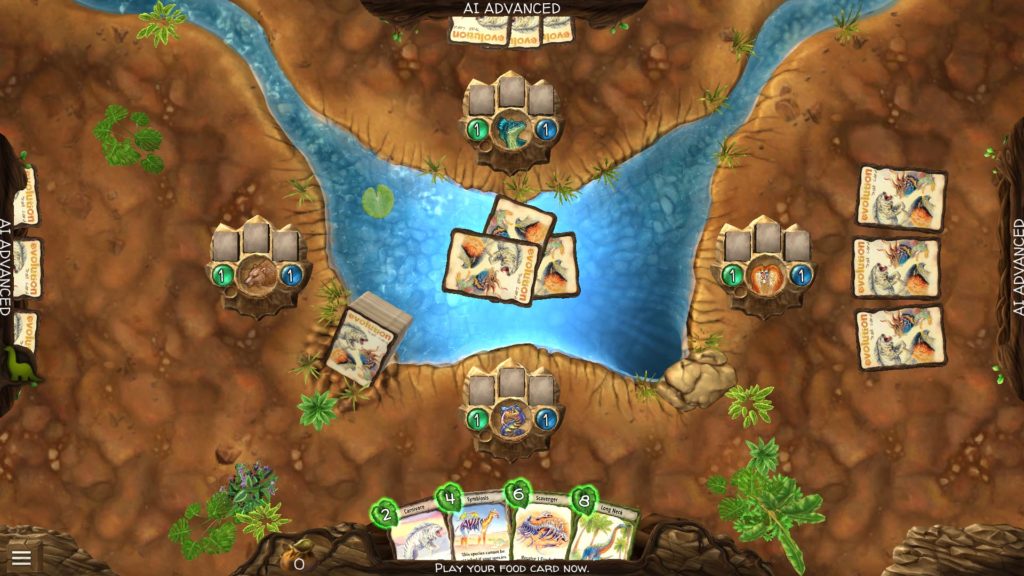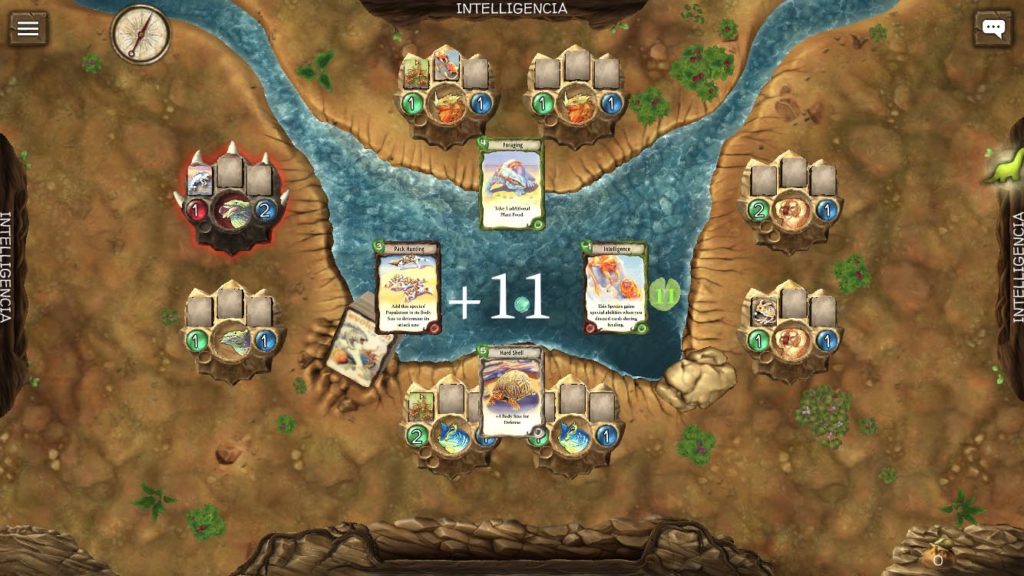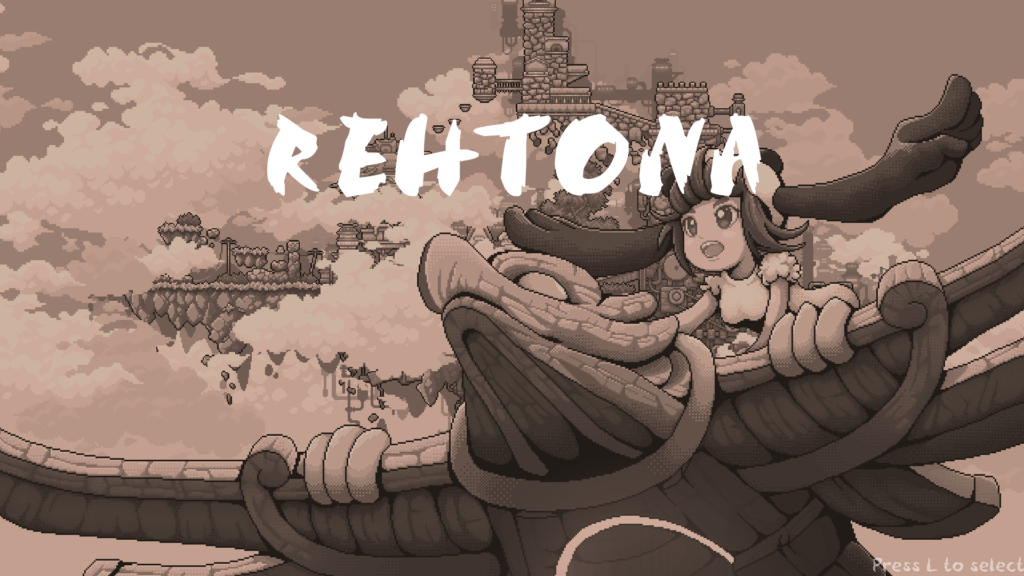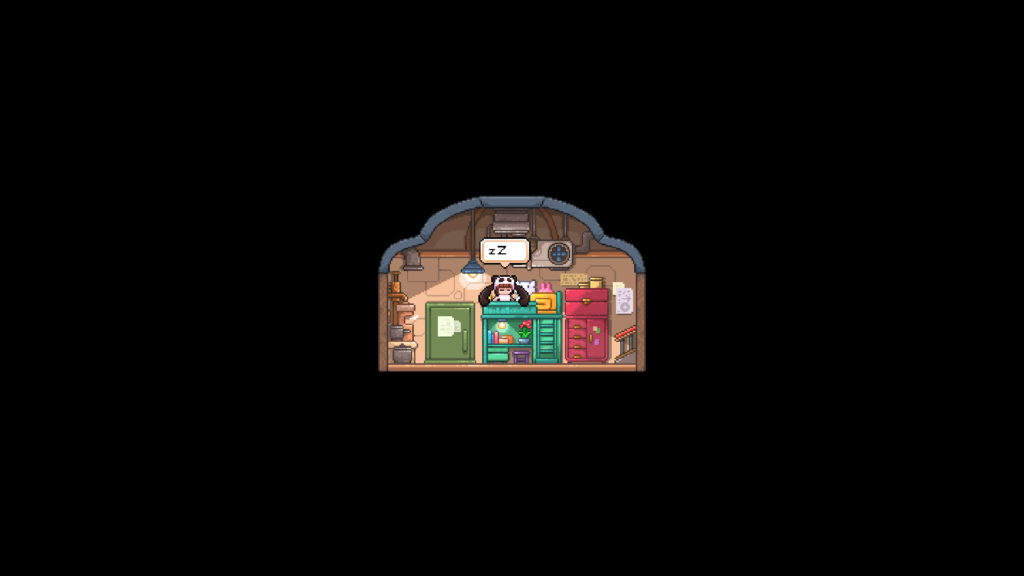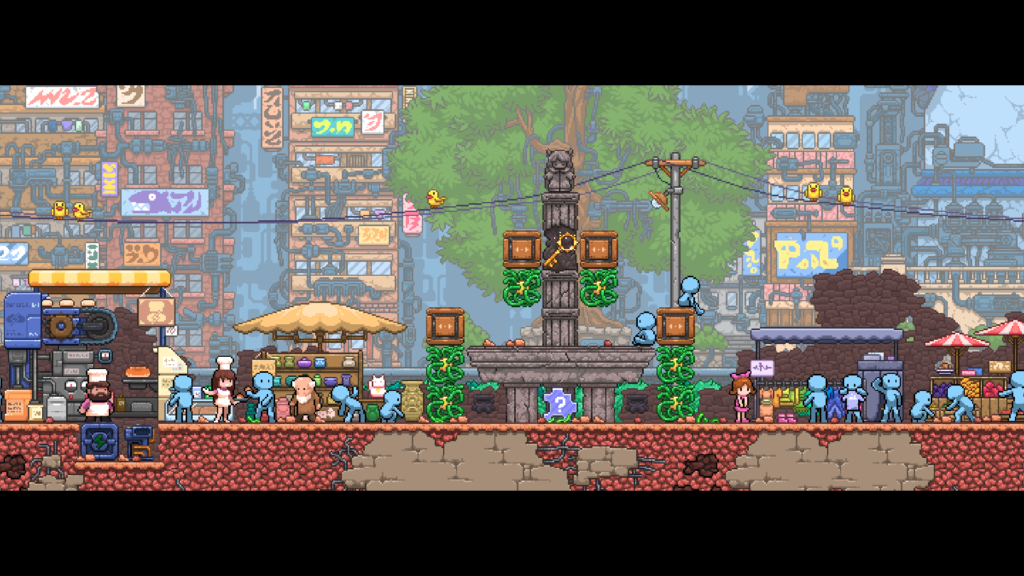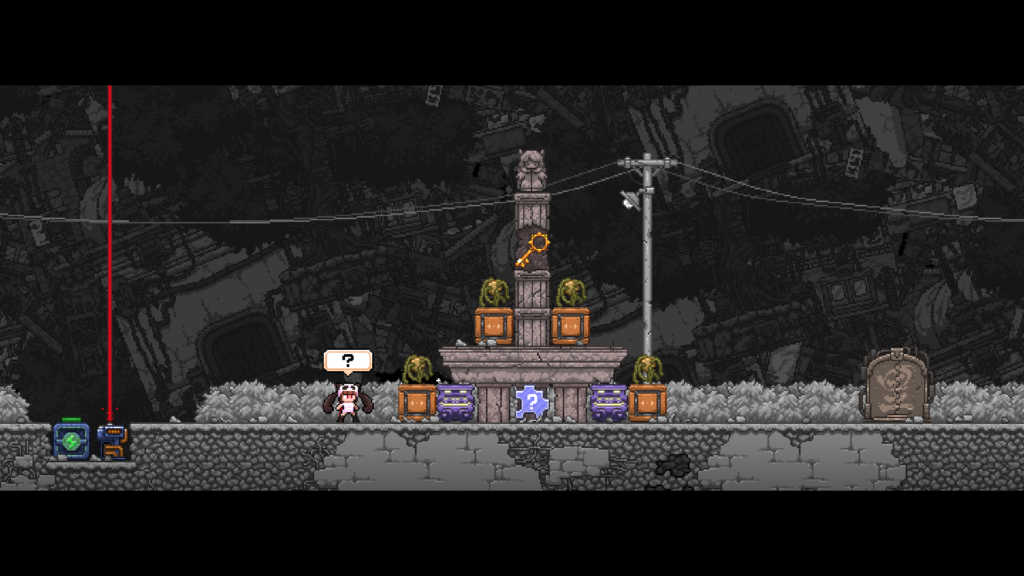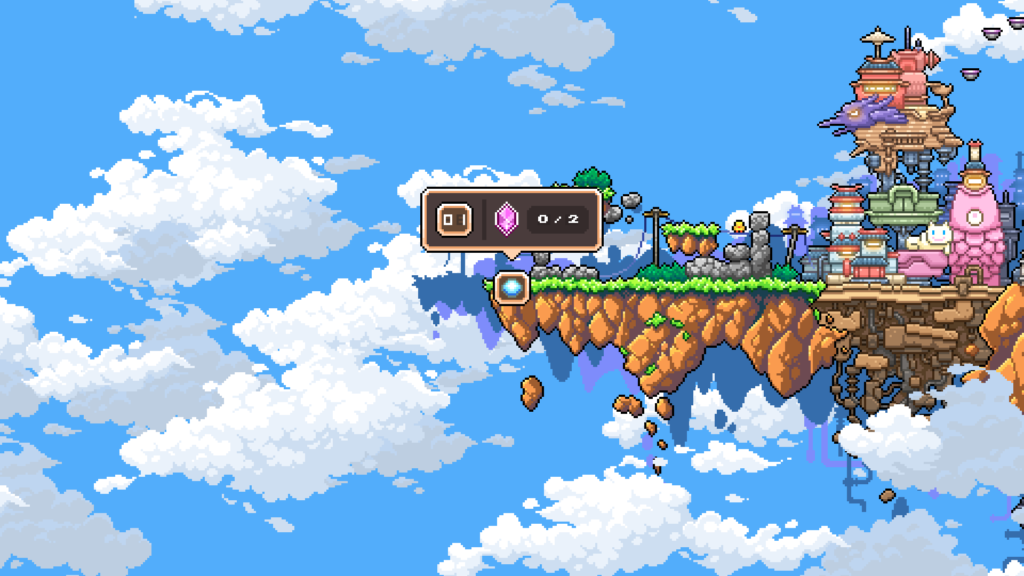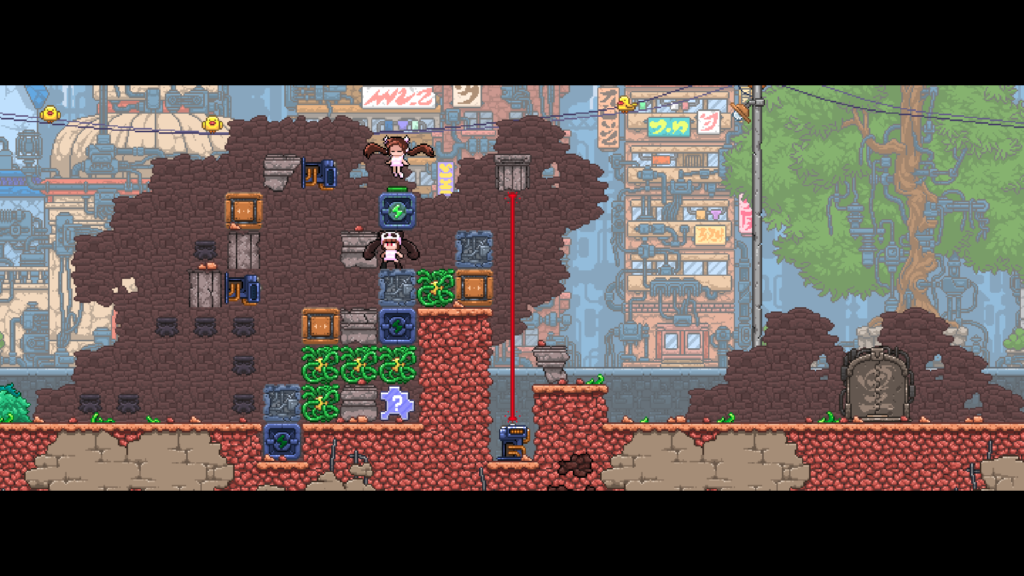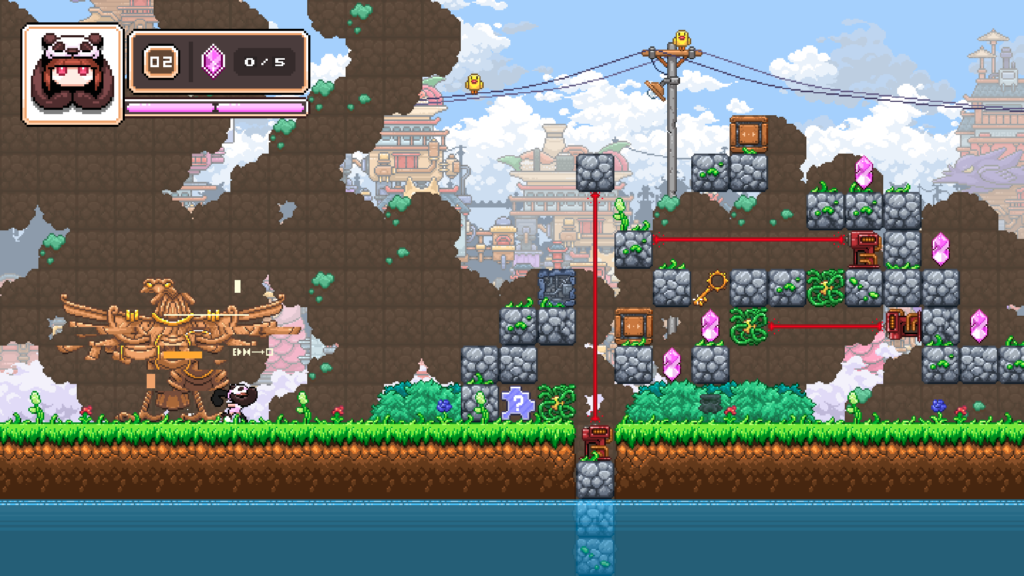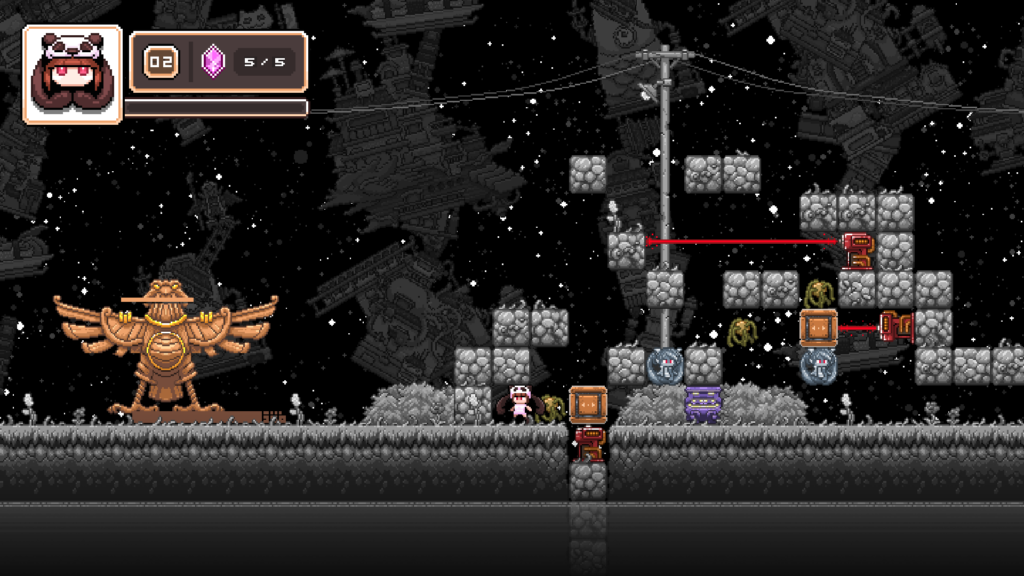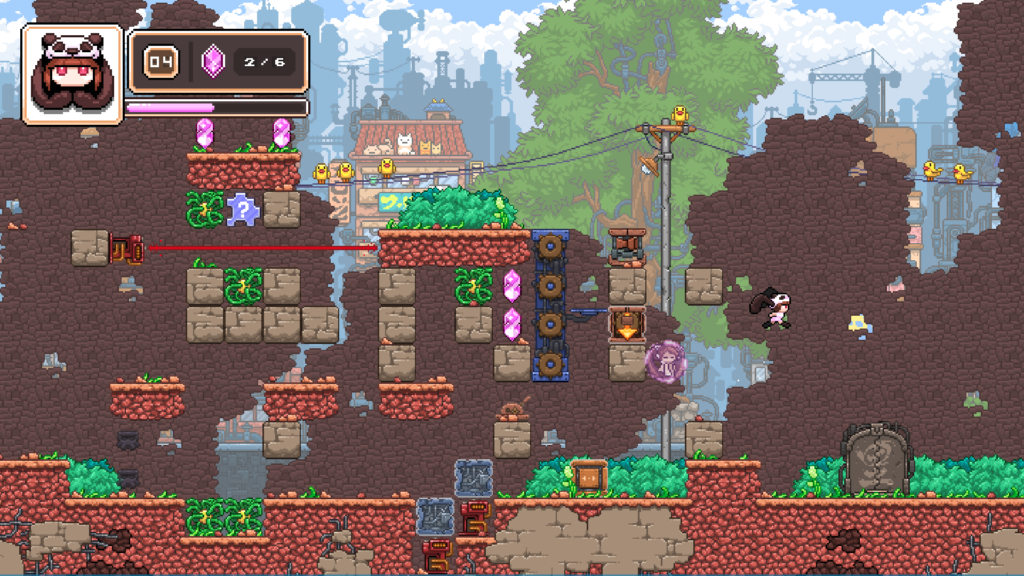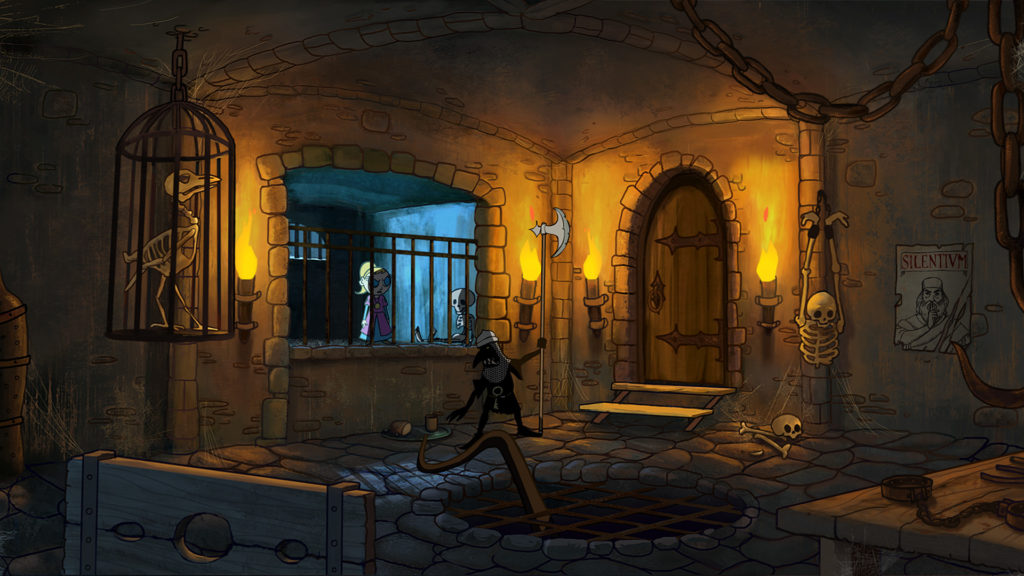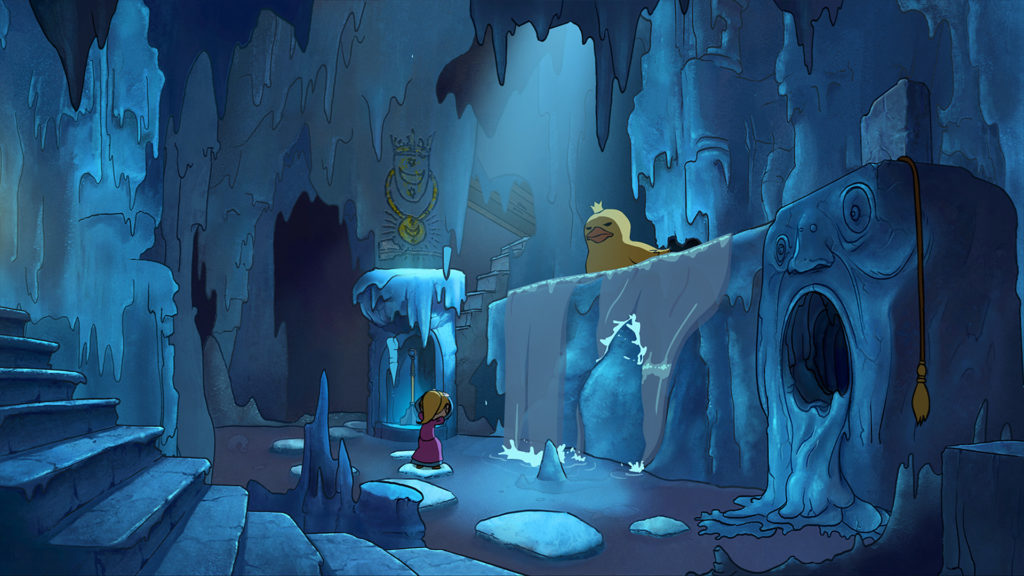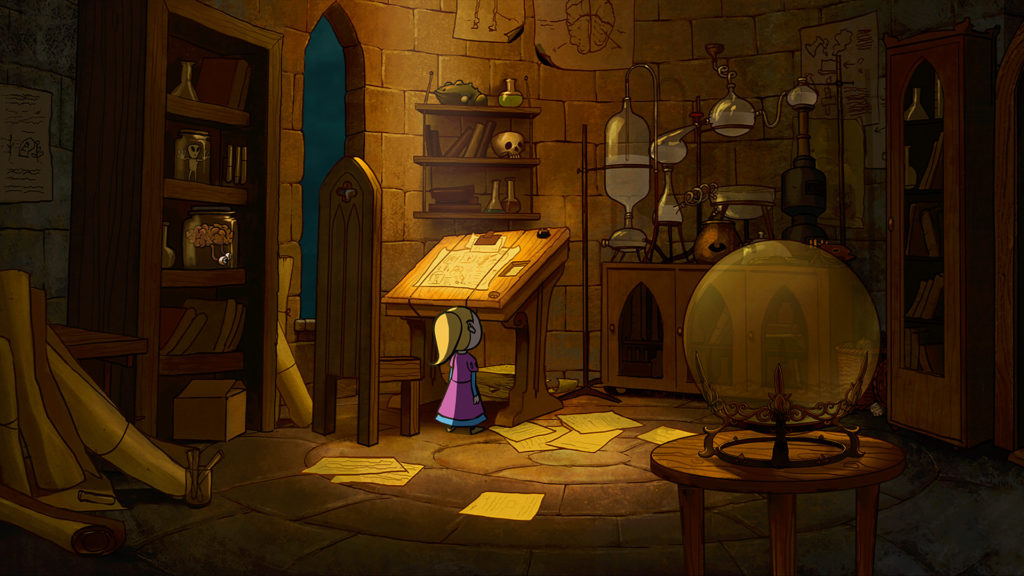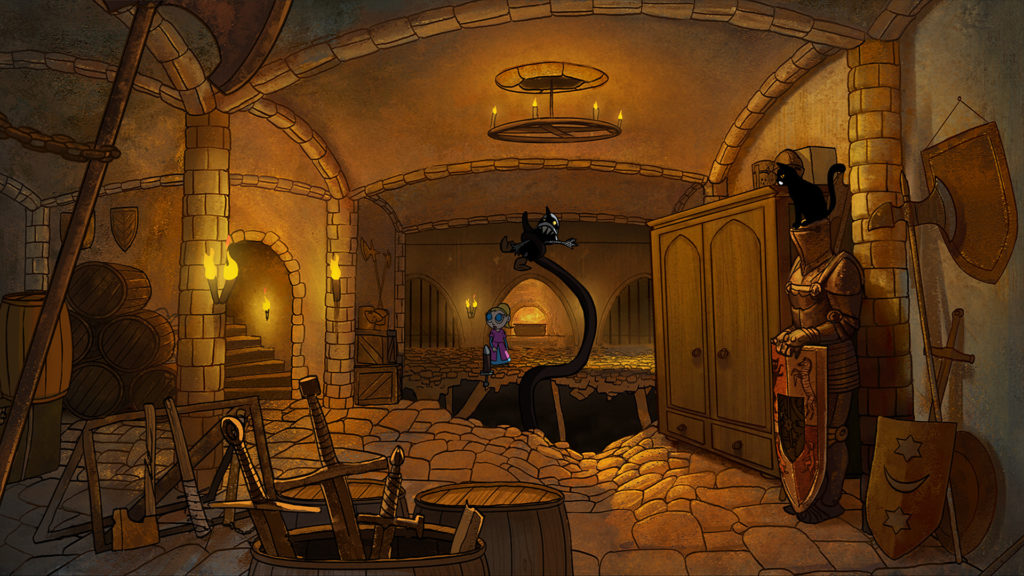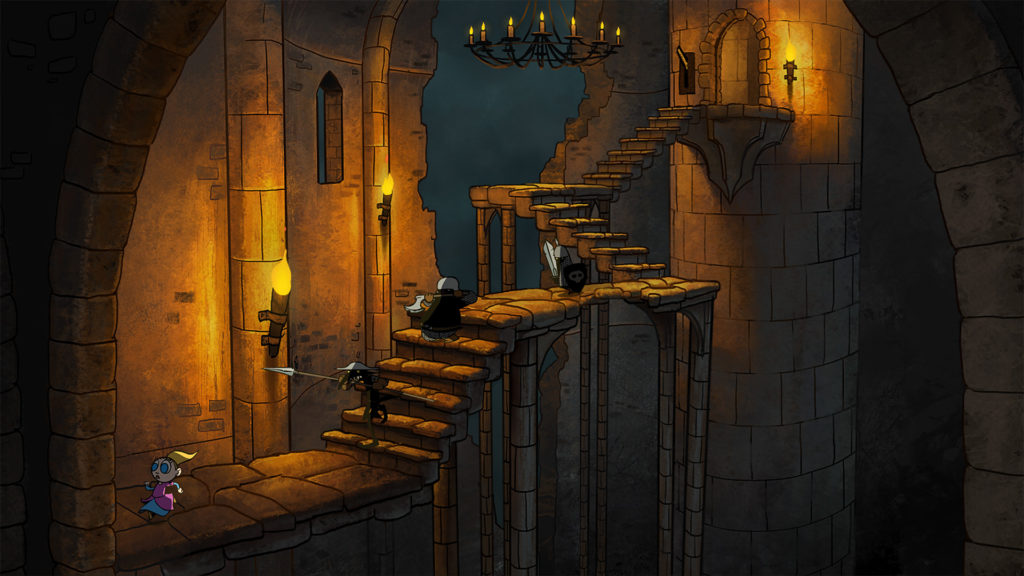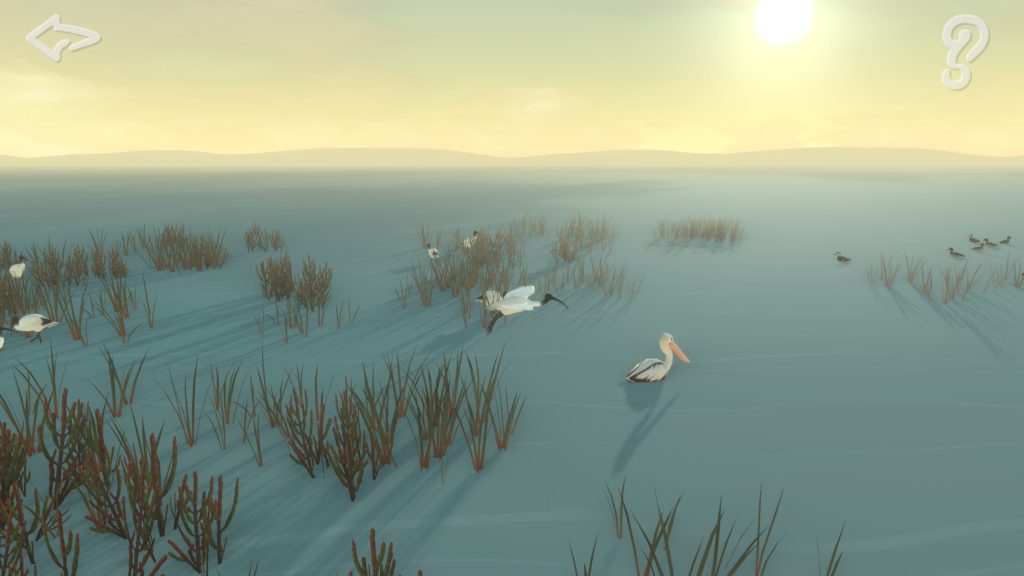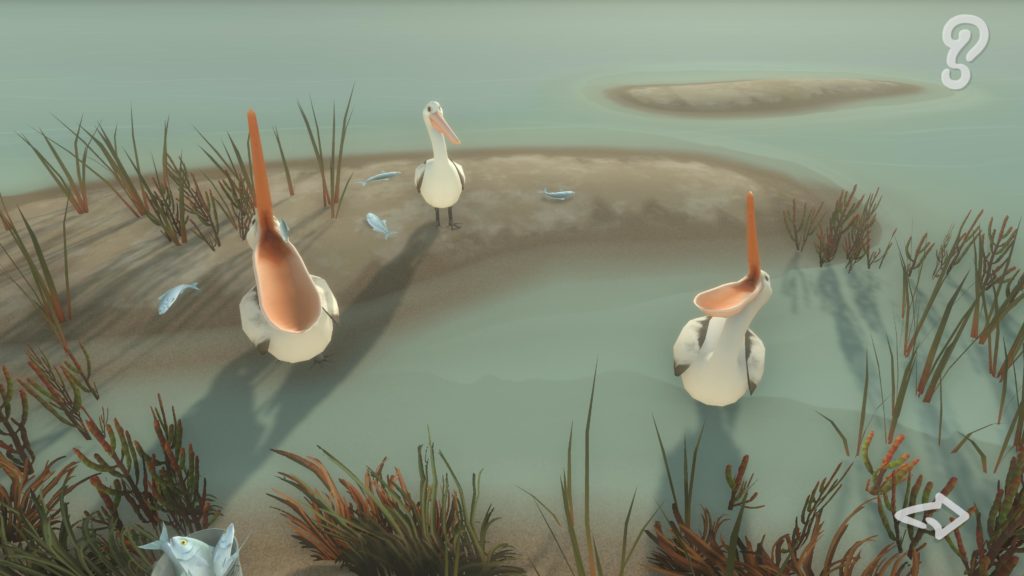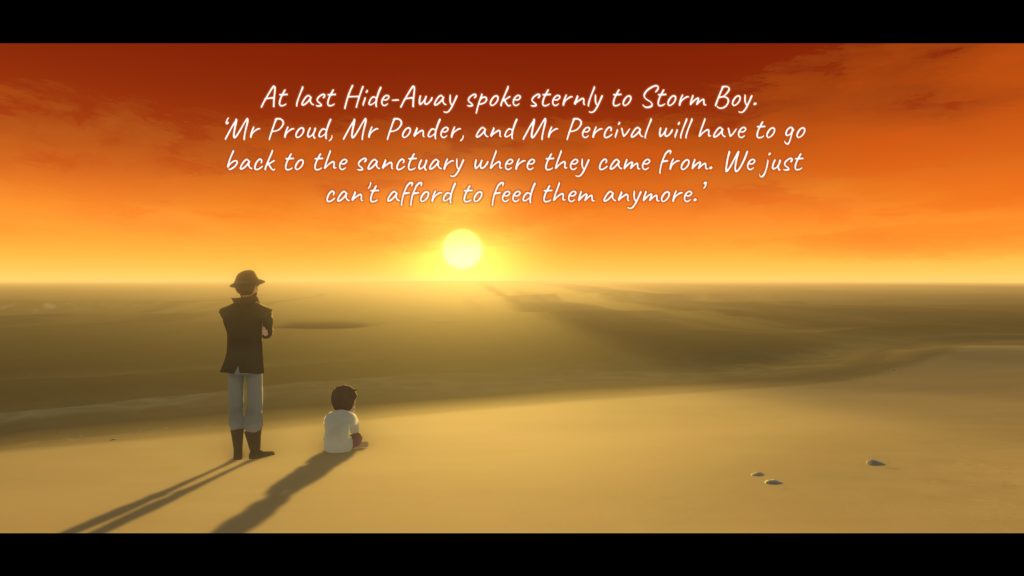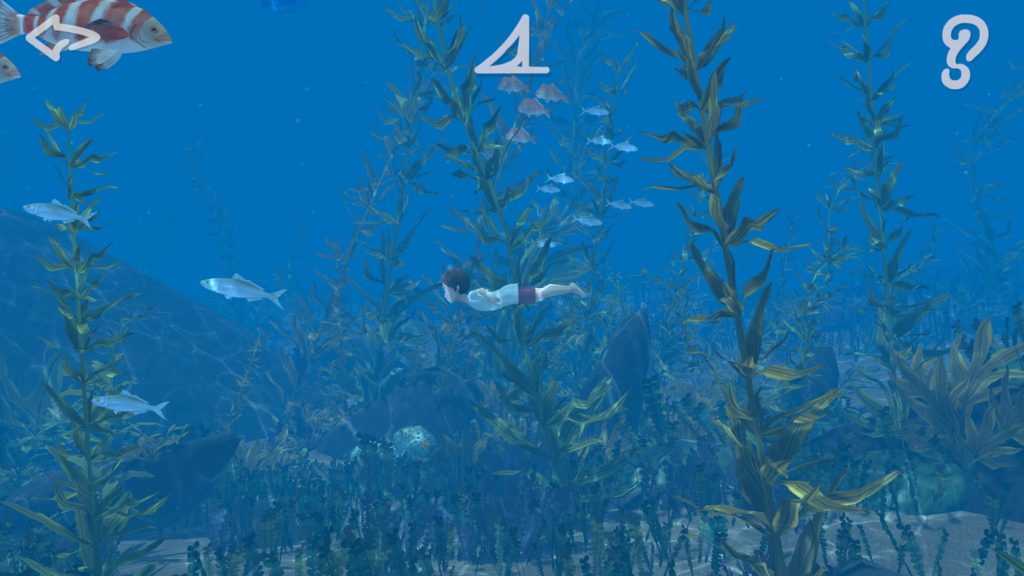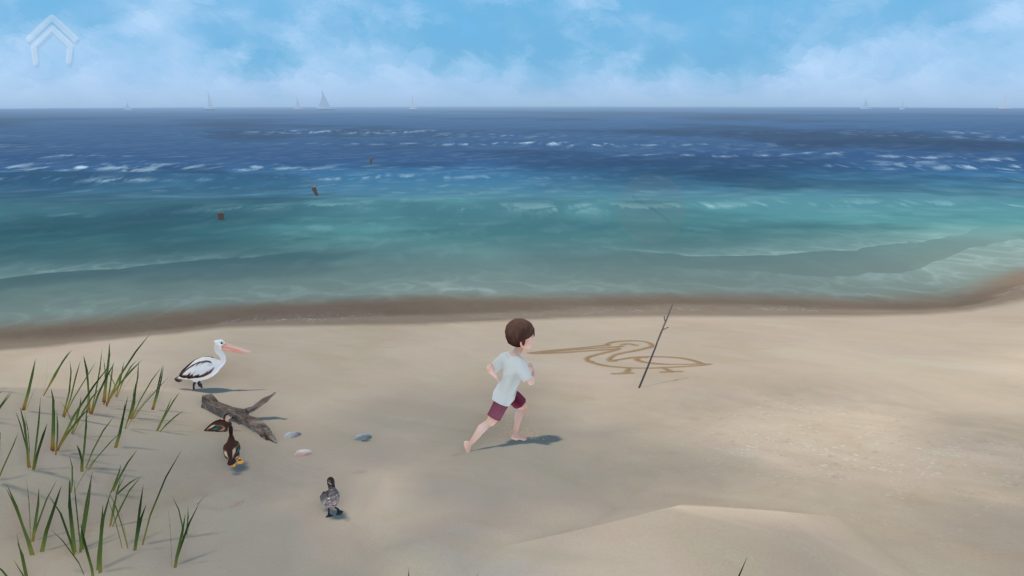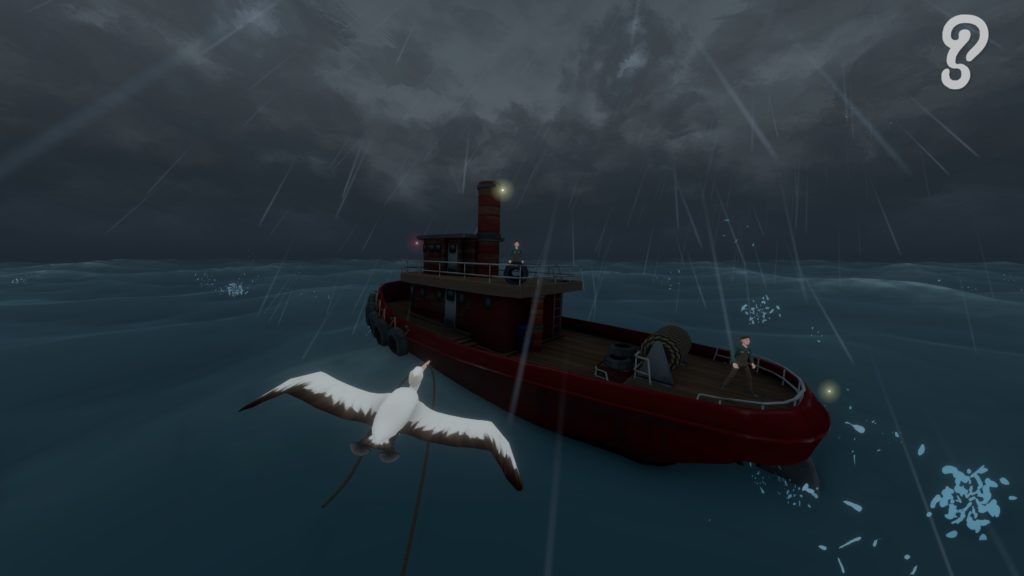Developer: Neetpia | Publisher: Sony UNTIES || Overall: 7.0/10
What do you get when anime girls with varying breast sizes need to kill fairies for a nonsensical reason? Gensokyo Defenders. What do you get when you’re confused about everything you are seeing on screen and don’t know if you want to furiously masturbate or blow your brains out? Gensokyo Defenders. But most importantly, what do you get when you combine a twin stick shooter with tower defense? Gensokyo Defenders.
Gensokyo Defenders is a tower defense game that relies on the action elements of your character to do most of the work. While you won’t be exactly be placing towers, rather, traps instead, there’s a bit of strategy to be had, but its clearly not the main focus. You’ll be using spells to defeat hordes of fairies coming for your magical circle. There are various fairies and floating spheres/marbles to kill, but most are just making a break for that sweet sweet magic circle. While traps are secondary to the strategy they are still vital.
The most intriguing part about the game is that you use a number of spells to defeat your enemies. Each different character you unlock has three unique spells, but the traps are shared between all characters. Traps are unlocked, so you’ll be able to find a combination that best suits your needs as you progress and change characters. In using your traps and spells, the goal is to live through all of the waves of fairies; when you get to the last wave, a boss will appear and you’ll have to defeat them to win. Typically you will unlock the boss you just killed, as well.
That’s about all that makes sense with this game. I’m not sure if its the localization, but I haven’t got the slightest idea why anything is happening and why there are so many friggin characters talking. It seems like a new character pops up on the screen for each line of dialogue and then they never come back. Is it an excuse to cycle through all of the art they made for this game? What the hell is the point? The first character you are introduced to in the Tutorial level isn’t even your main playable character, instead it is an ice fairy named Cirno and she is being followed by a news reporter for an article she is writing about the “war games” they are having with fairies. The ice fairy girl goes around and challenges people and everyone thinks she’s annoying and begrudgingly fights her. That’s about all I can piece together, and I can’t really explain why the player is meant to care. Also, UFOs sometimes drop from enemies and they upgrade your spells. Don’t know why, they probably just thought it was funny, kind of like a piece of toilet paper that got left in your ass the whole day.
The controls are pretty awful if you are playing without a controller. The interface is obviously made for a controller, but even then it isn’t exactly the most intuitive thing. Placing traps on the floor requires you to use the directional pad or WASD — mouse clicks are almost useless in the entire game. Switching between traps feels a lot more of a chore than it should be, and it should be a lot easier to sell traps that you mistakenly put down. To do anything with traps, you have to cycle through all of the traps you have equipped, and then tap the right trigger button one more time to sell it. That can be up to seven button presses for one trap to be cleared. Playing with mouse and keyboard is hardly better, but ironically it is much more tolerable.
In the end, Gensokyo Defenders is playable and pretty challenging with a lot of content. However it seems like this game is meant for people who enjoy looking at cute anime girls. So, there’s that, I guess. After I wrote this review, I looked up what the characters are based on, and it appears to be in the “Touhou Project” which I had seen before, but never really knew much about. This game definitely just exists for people who are fans of these characters.

